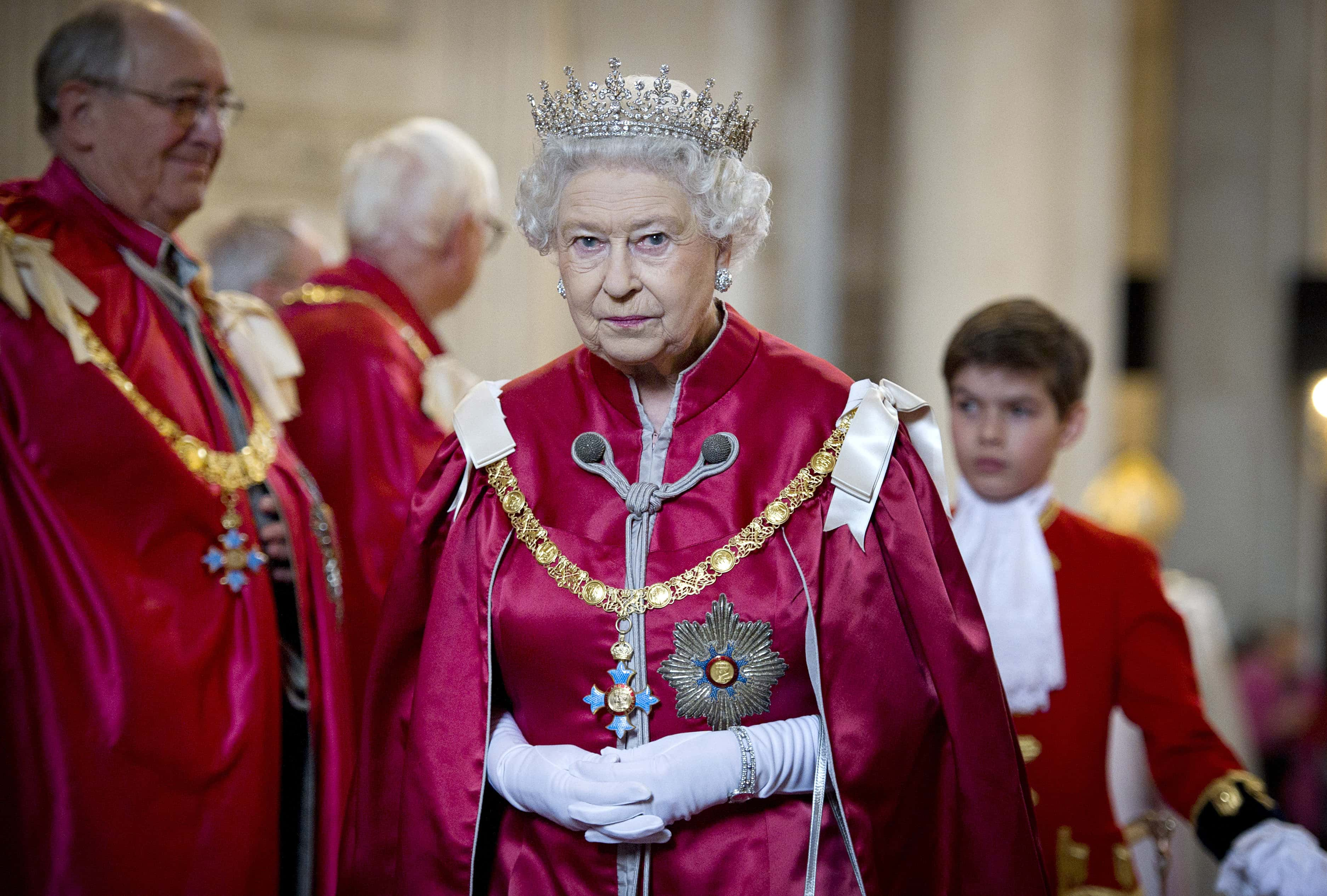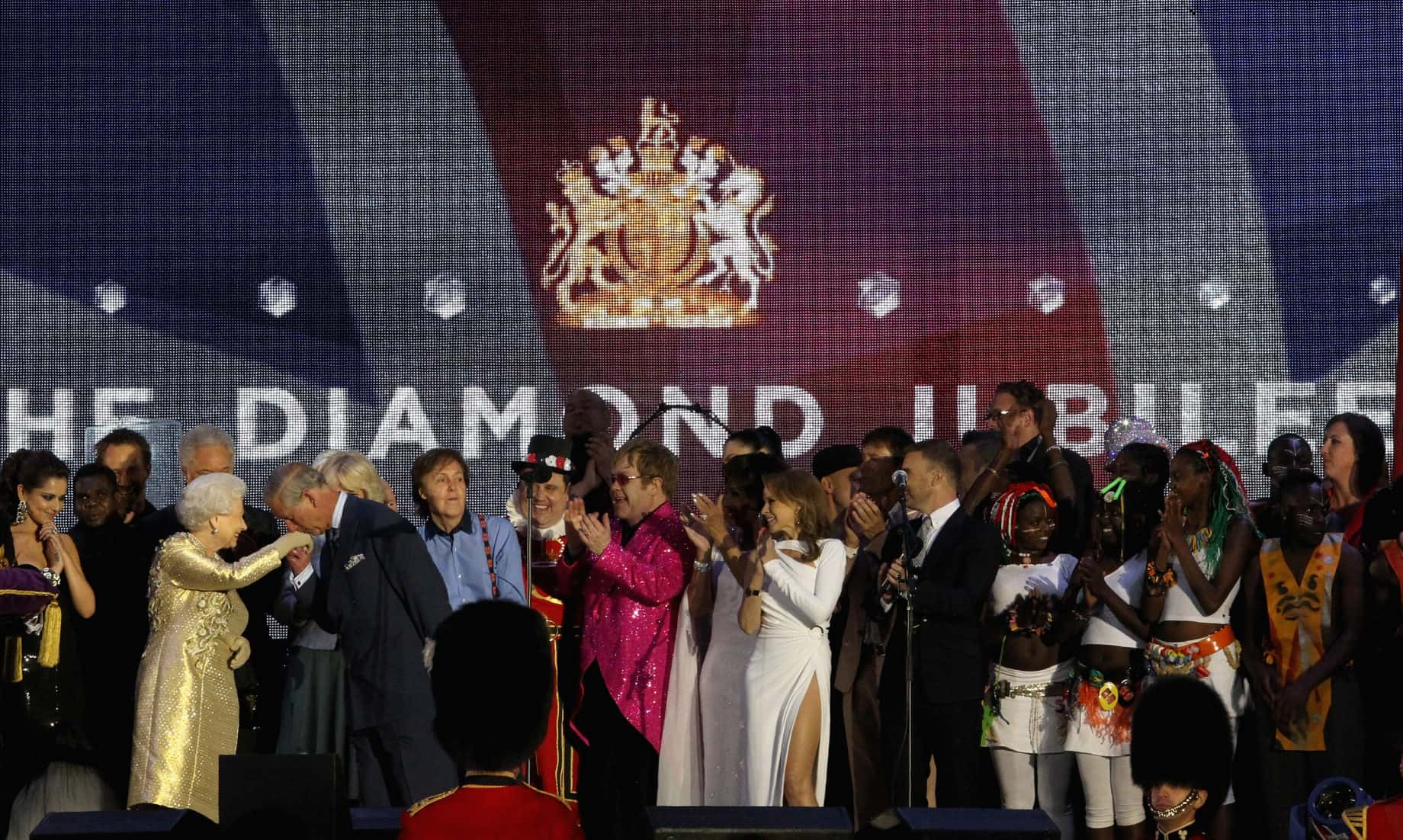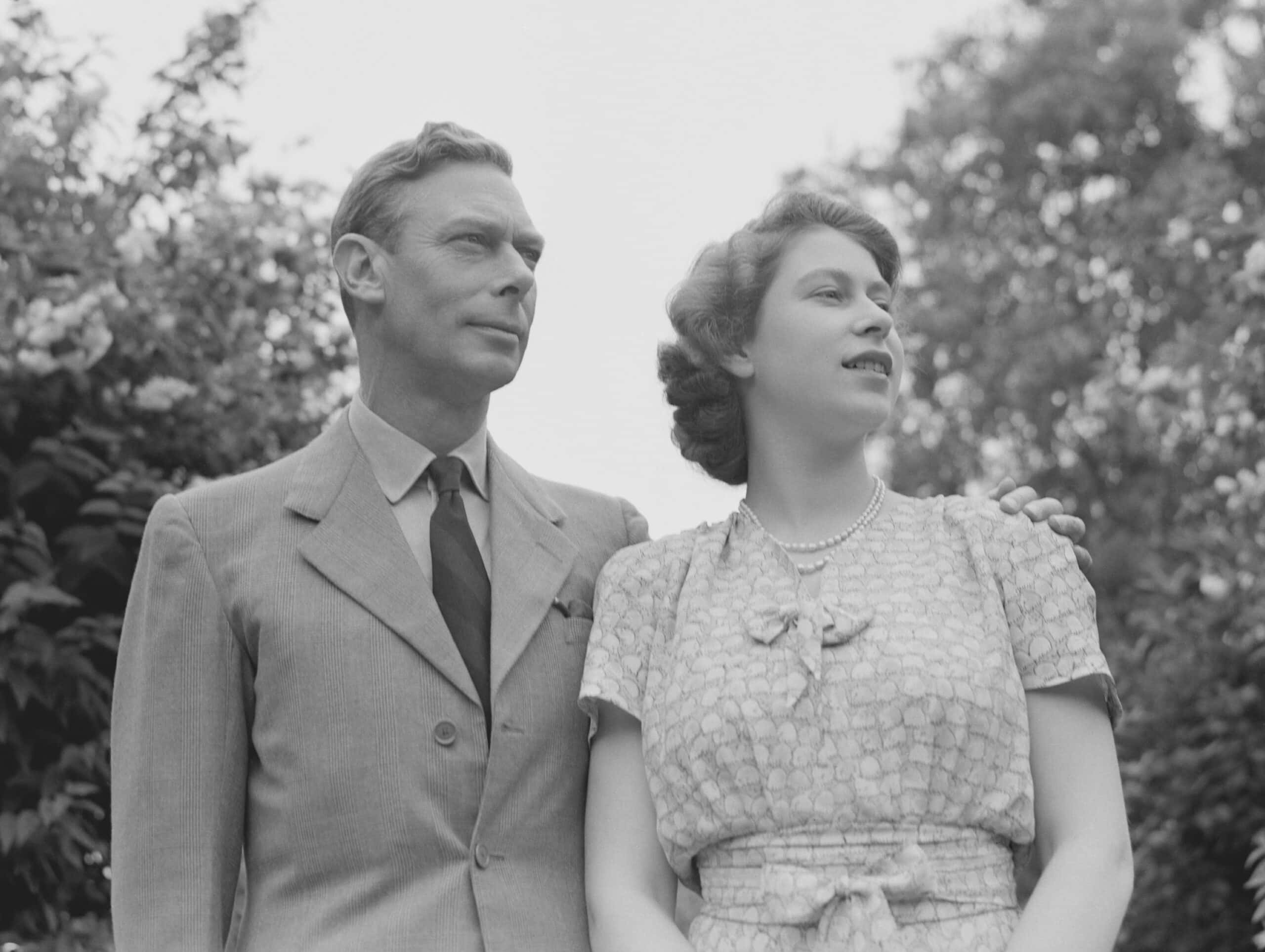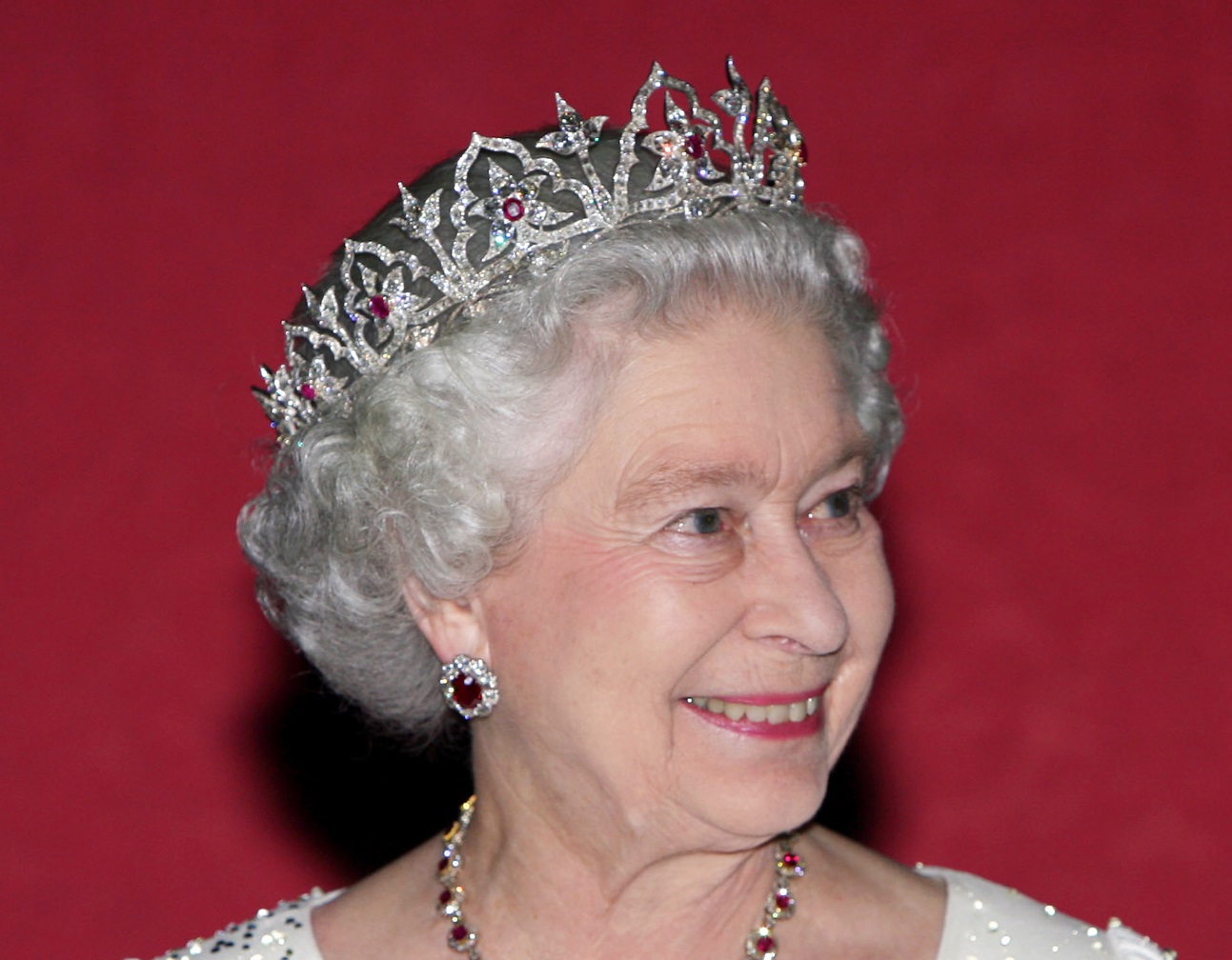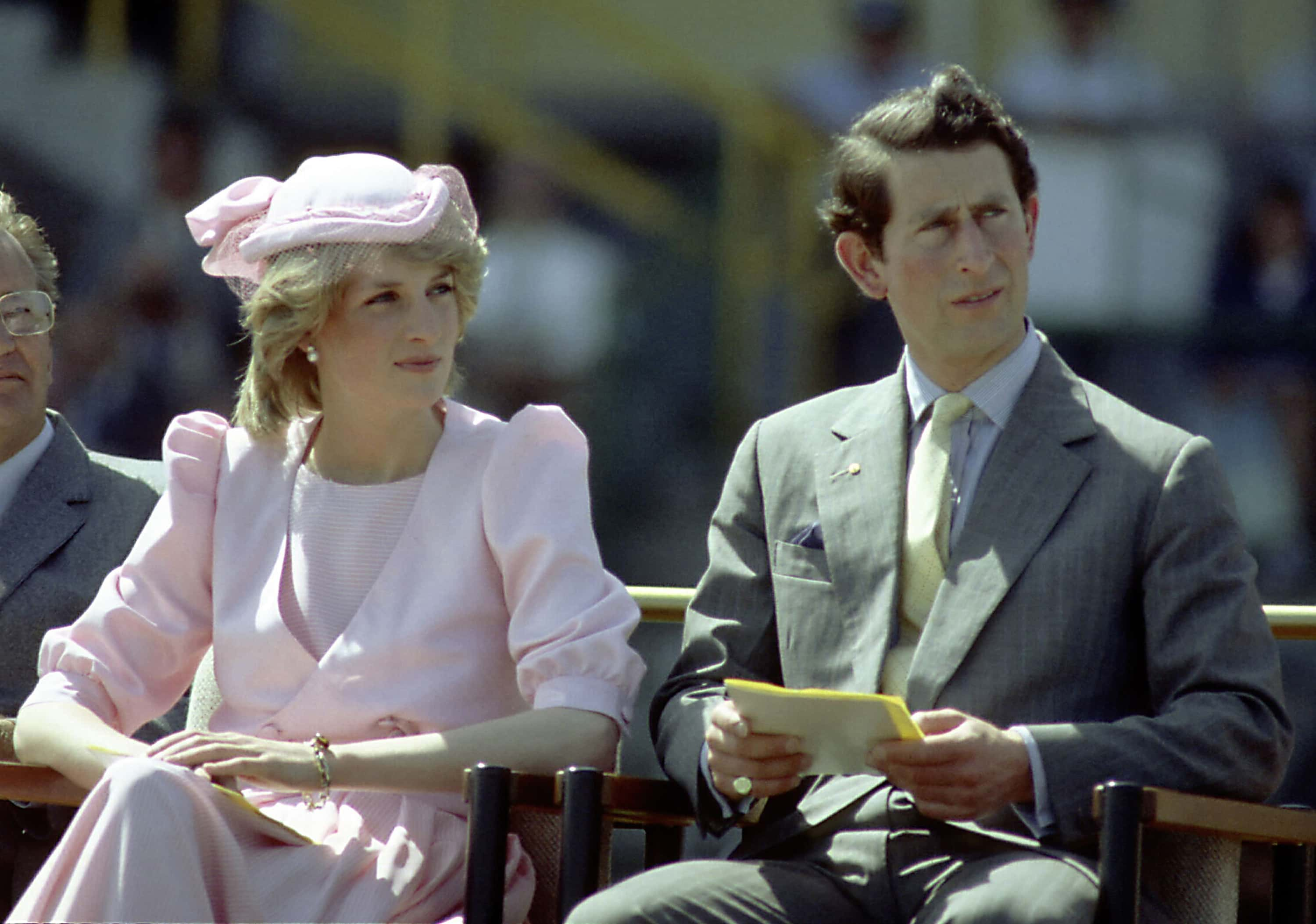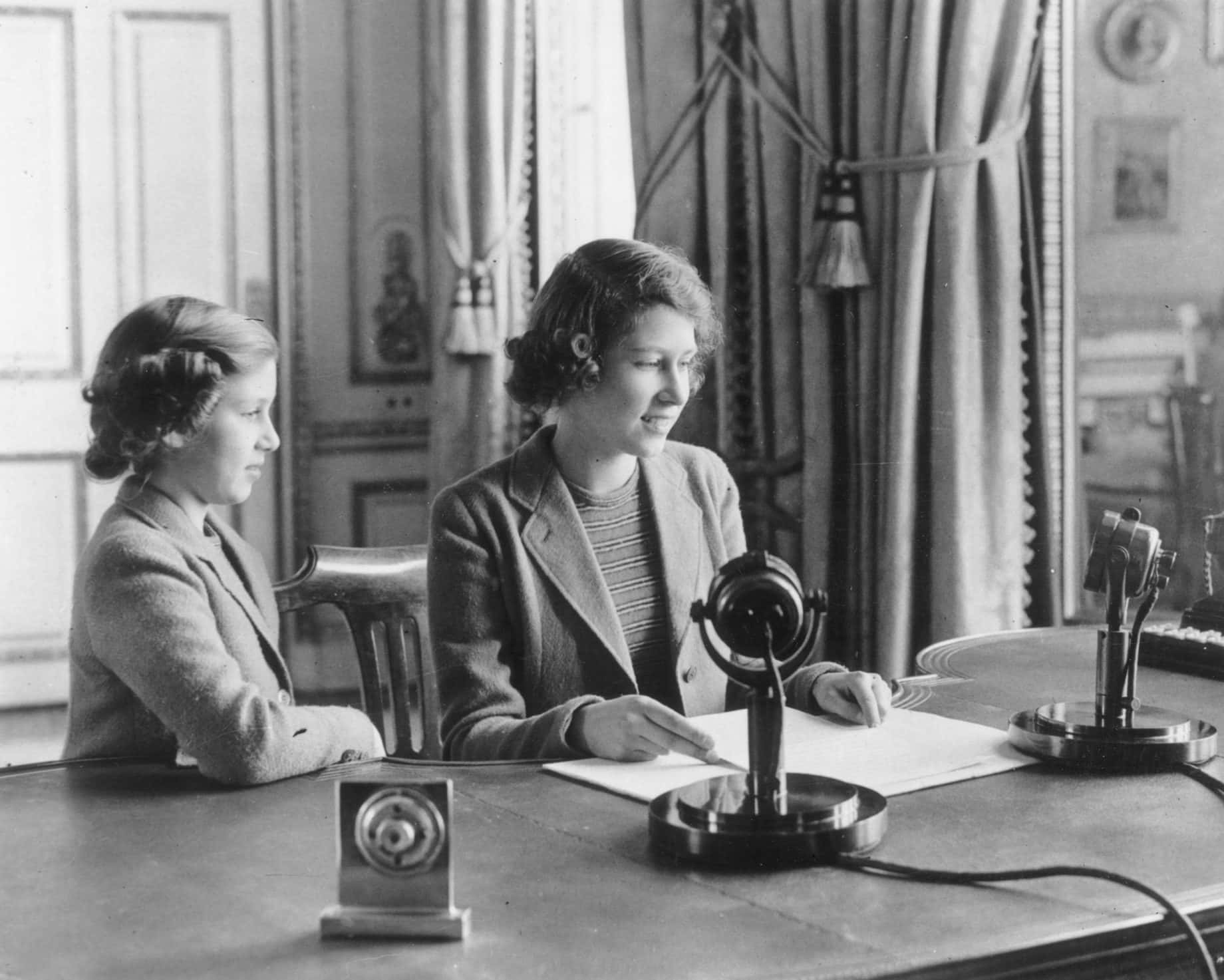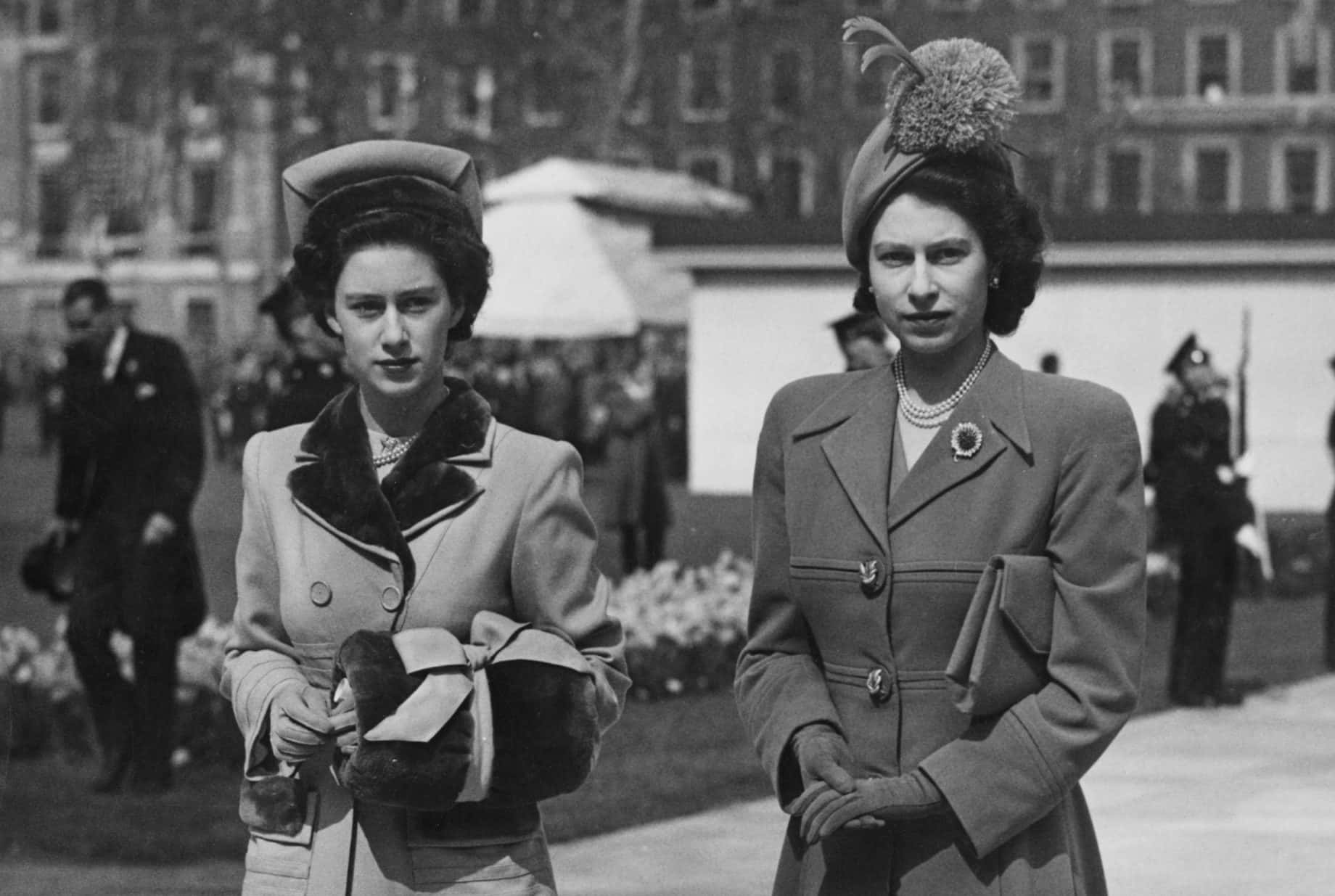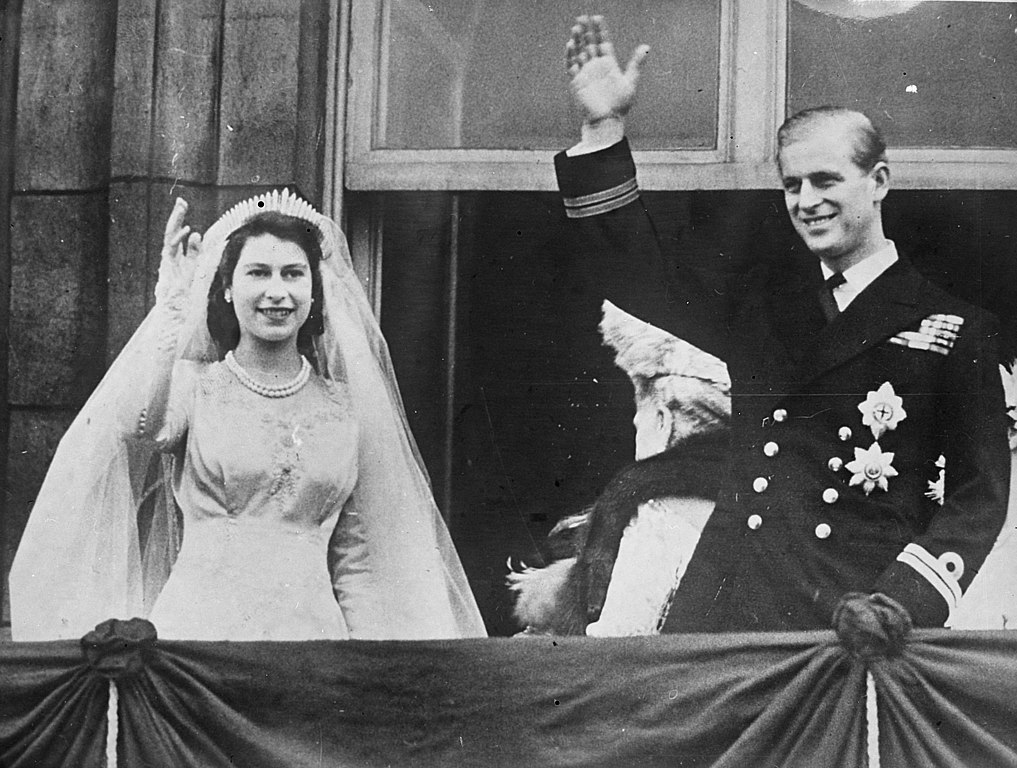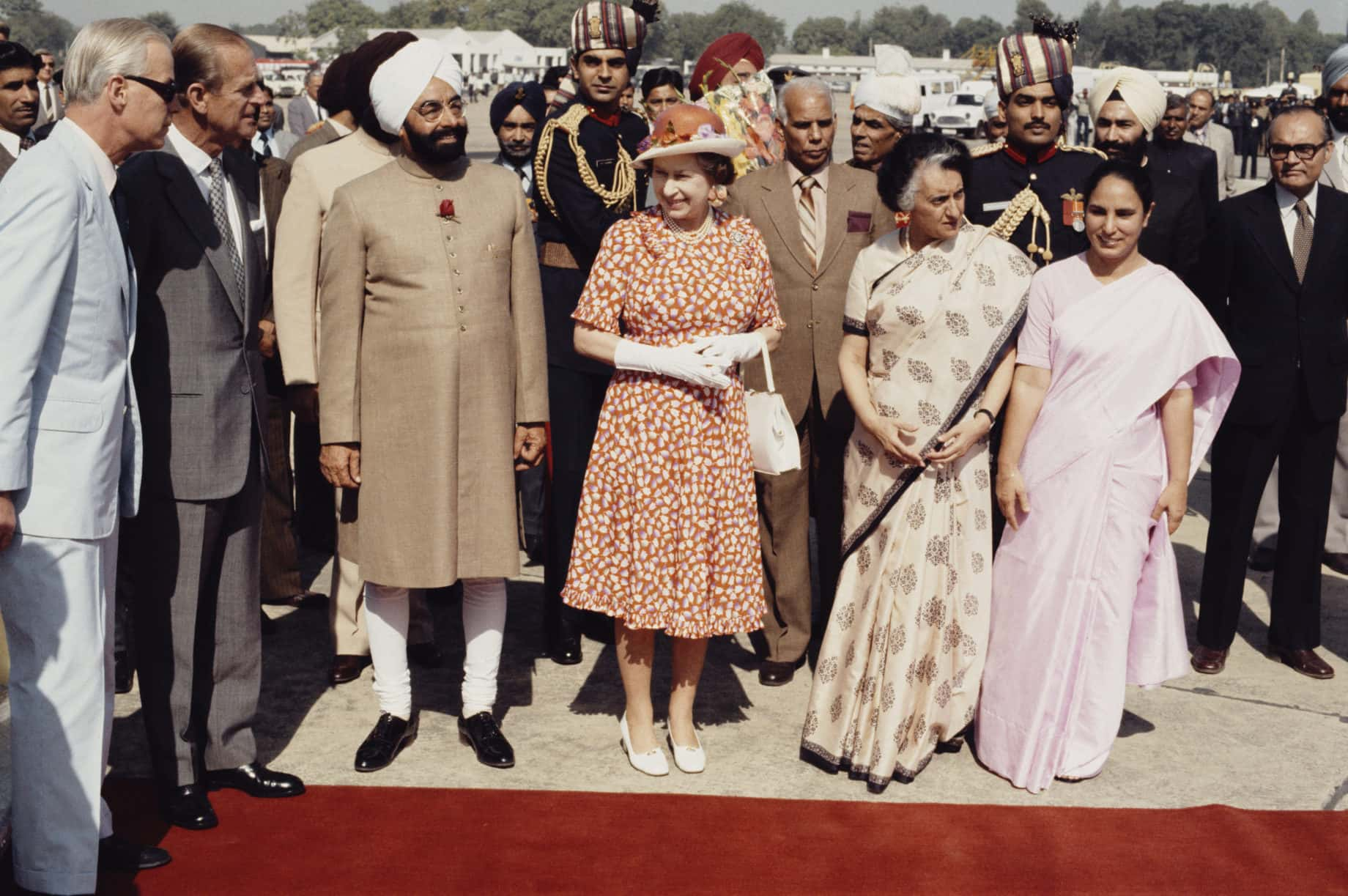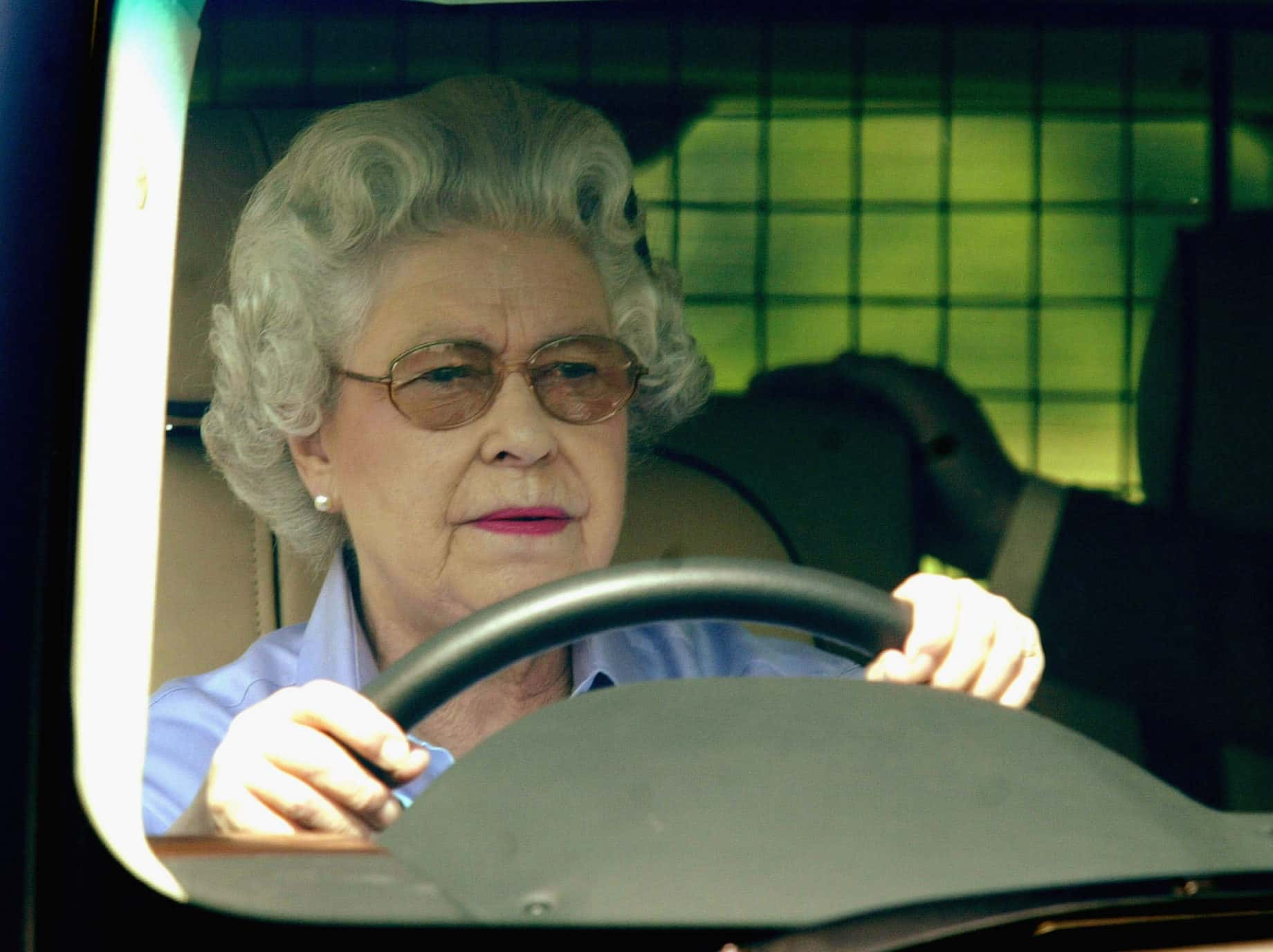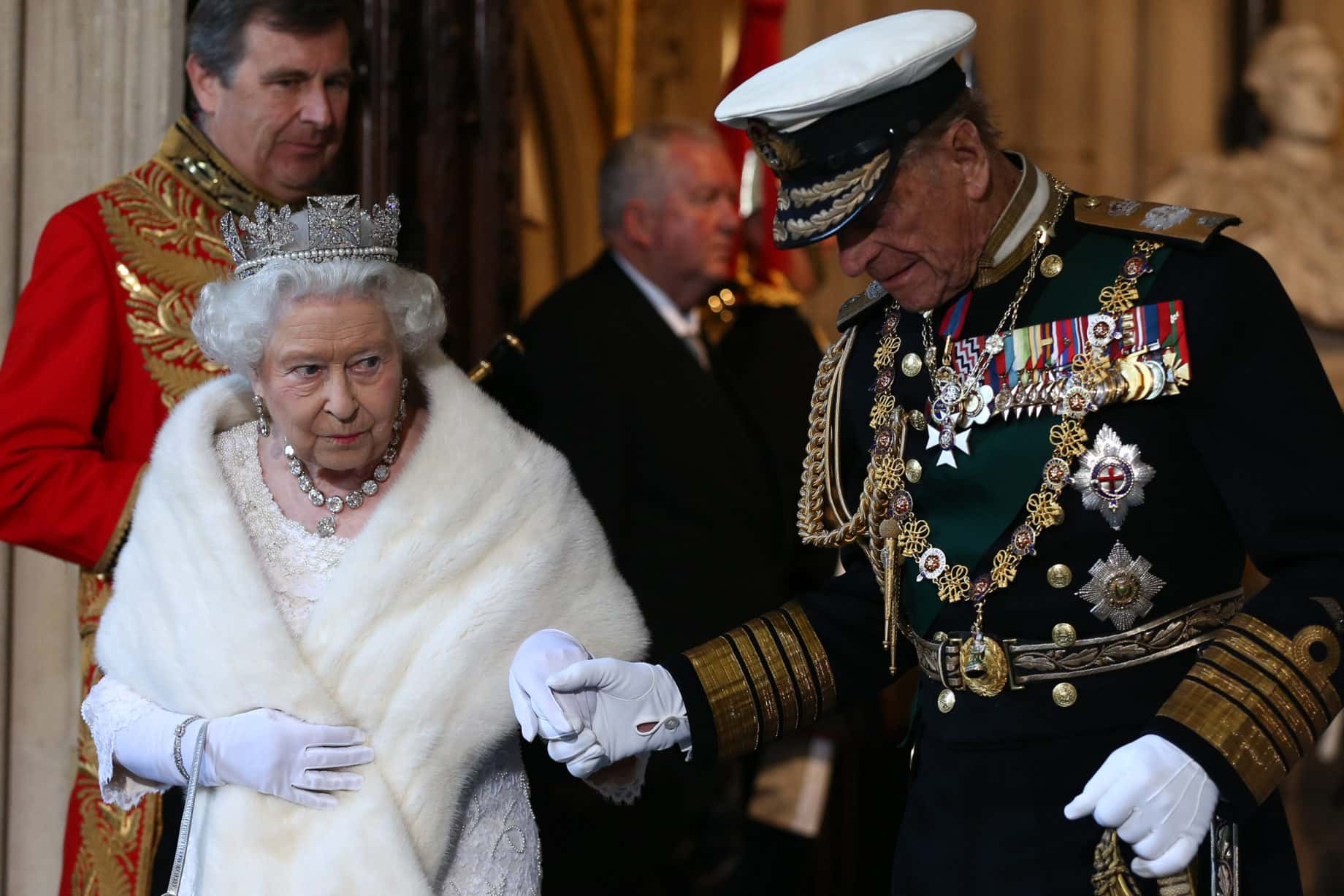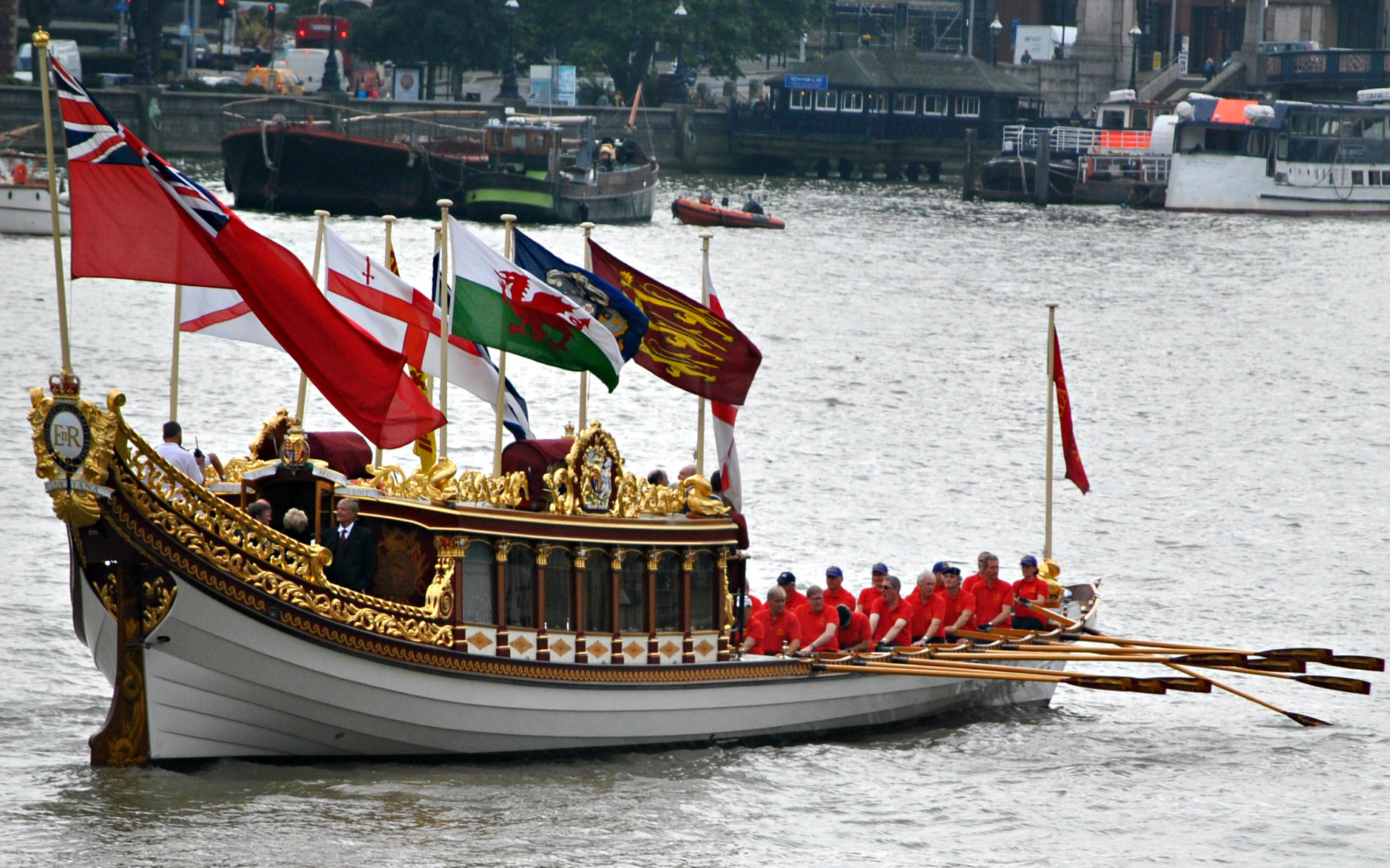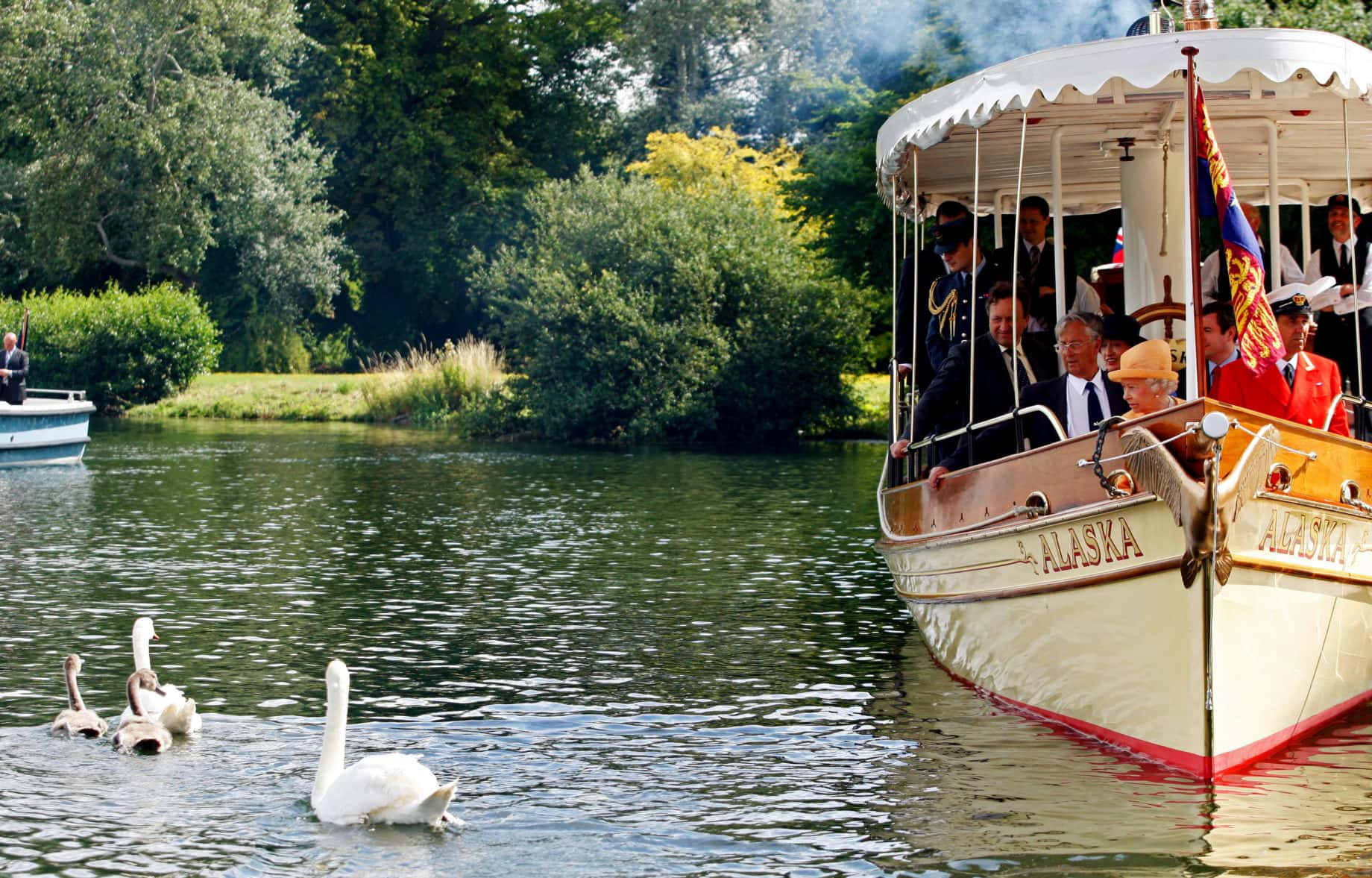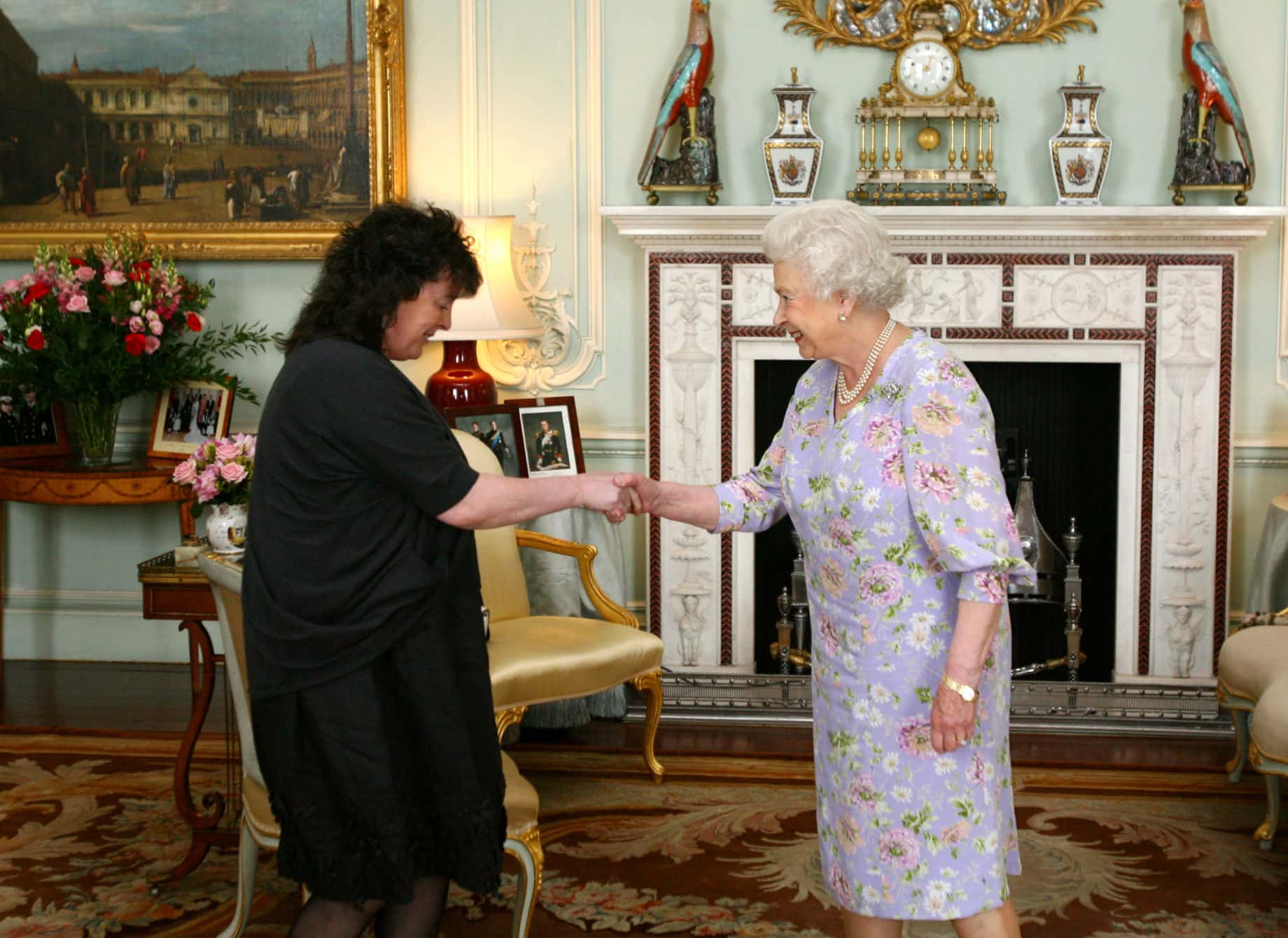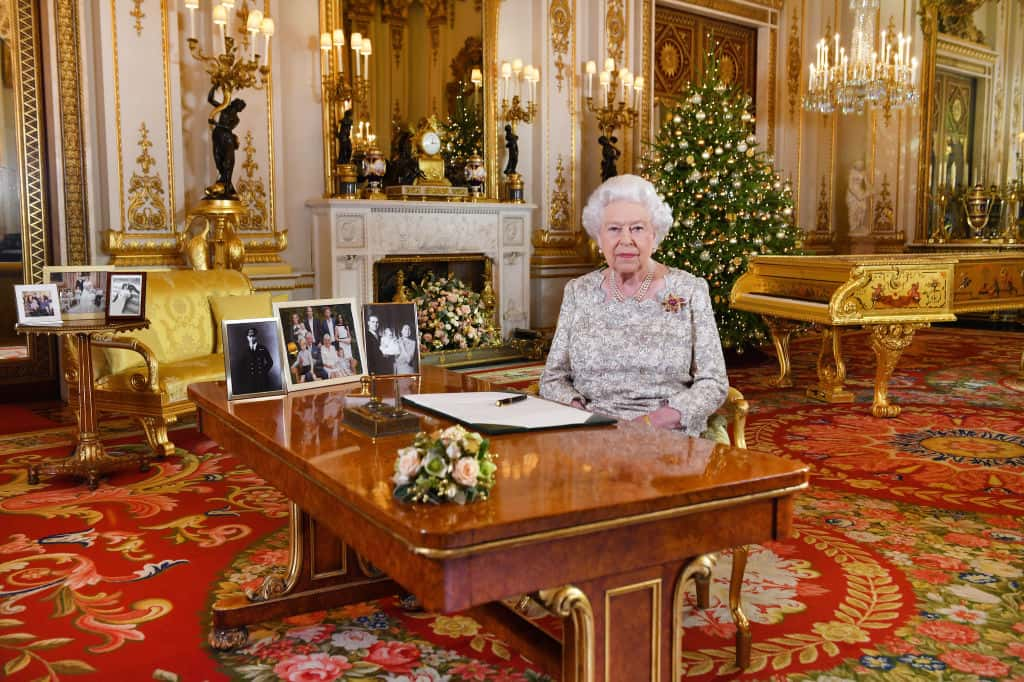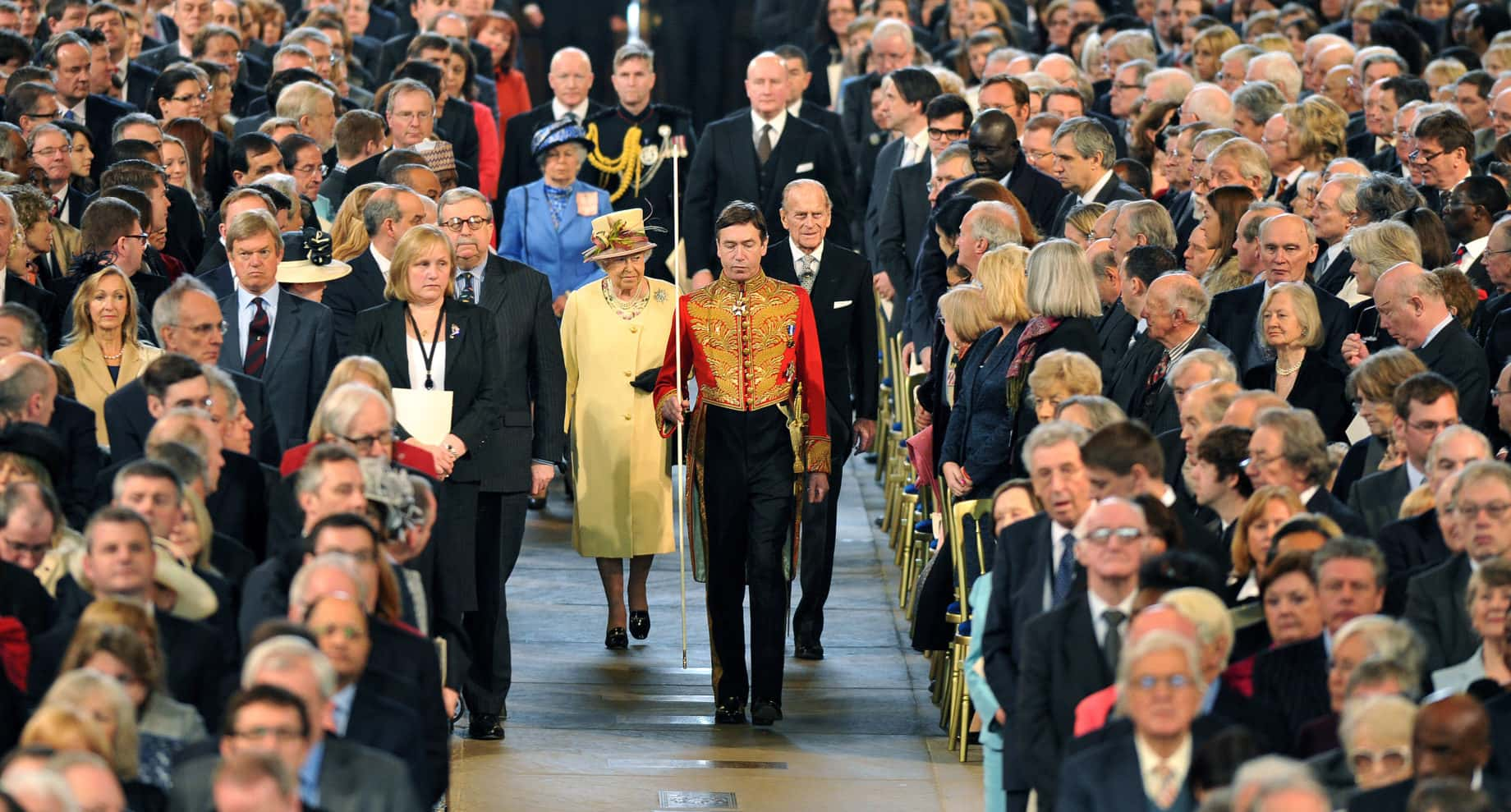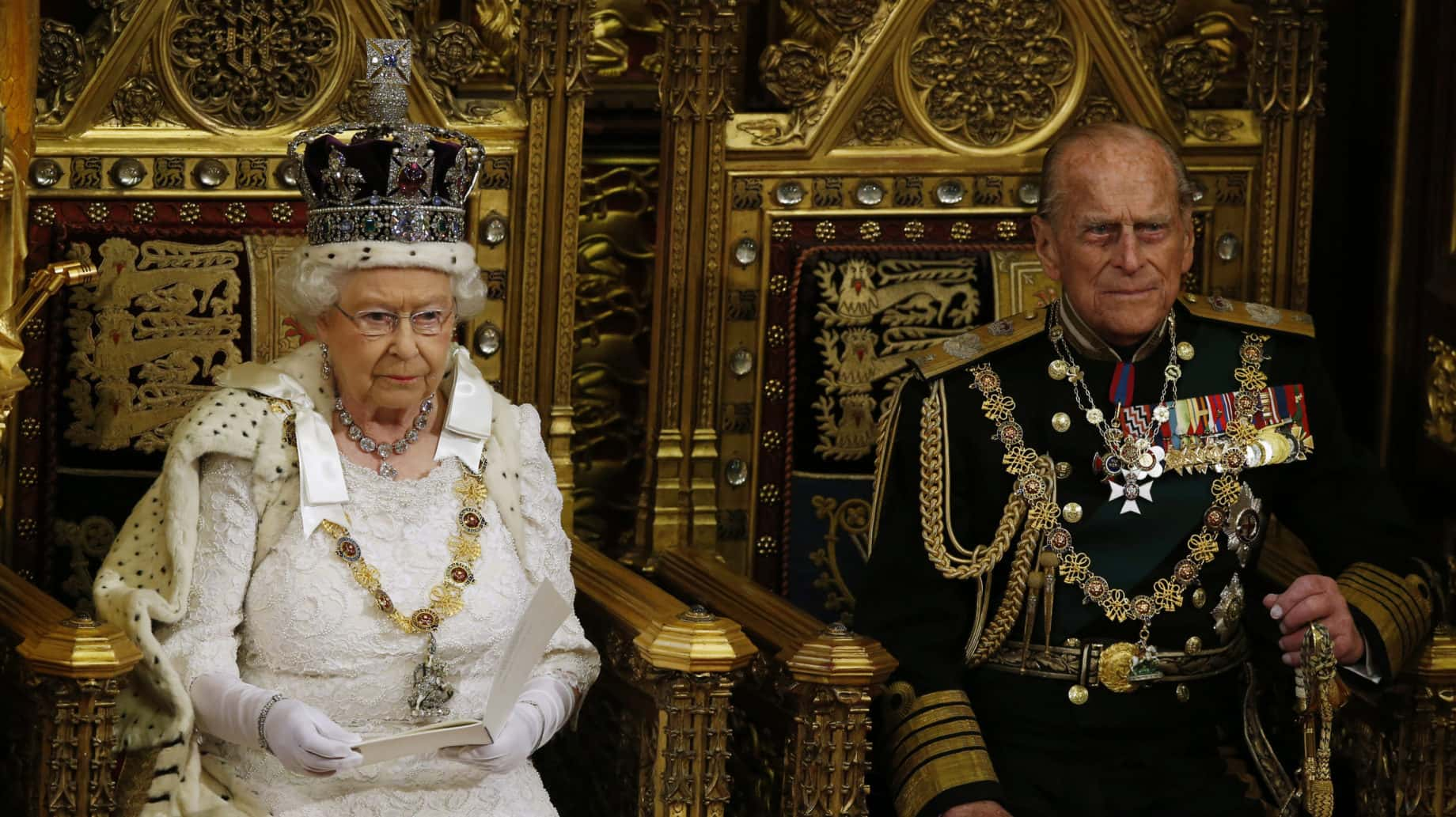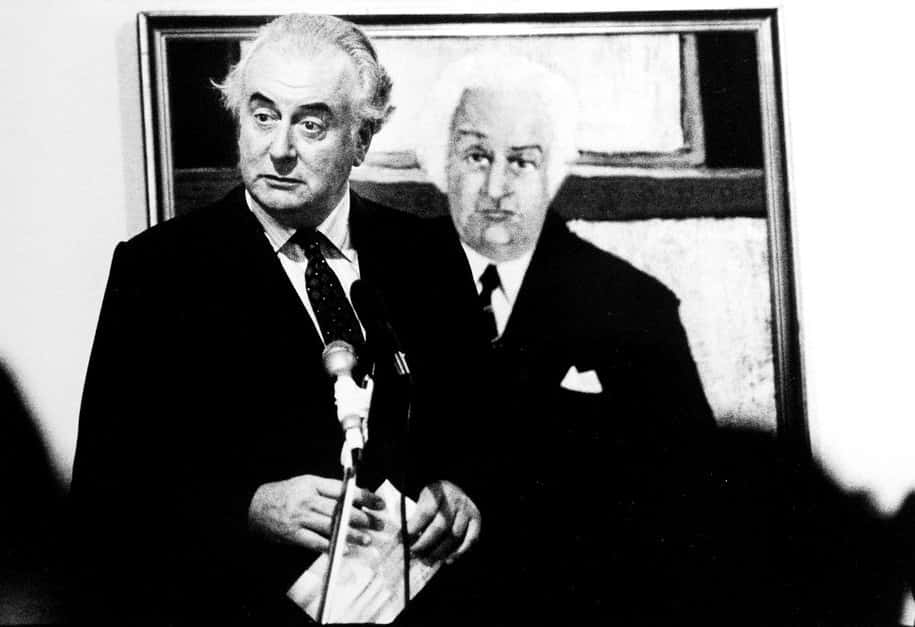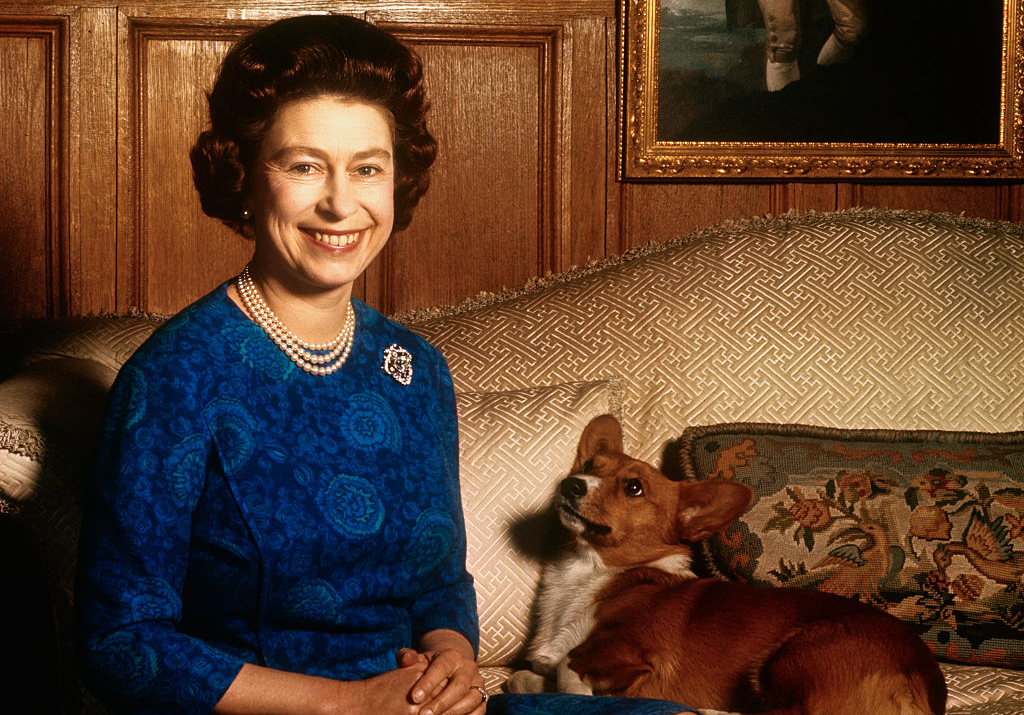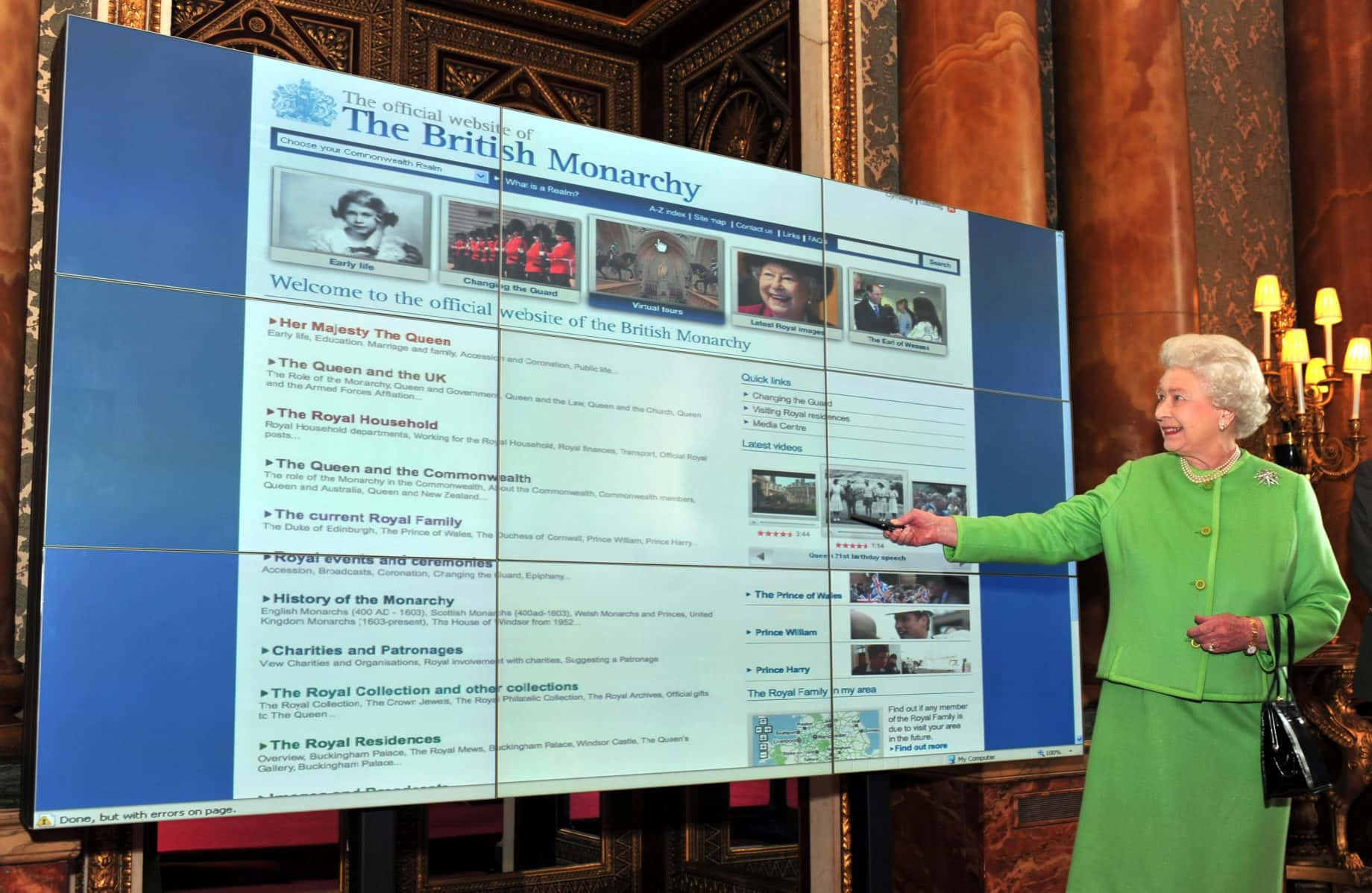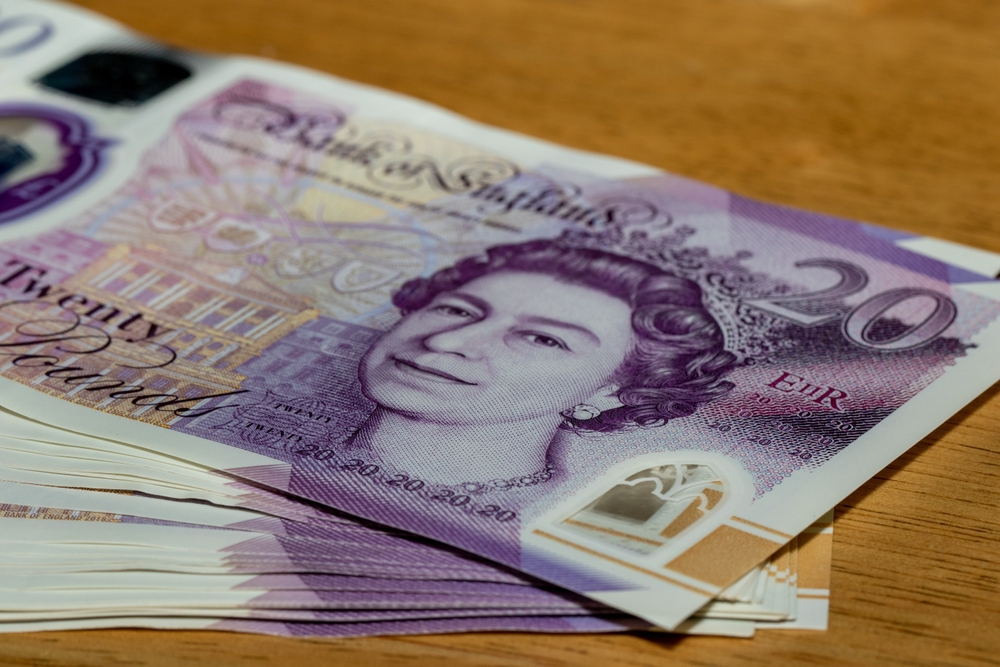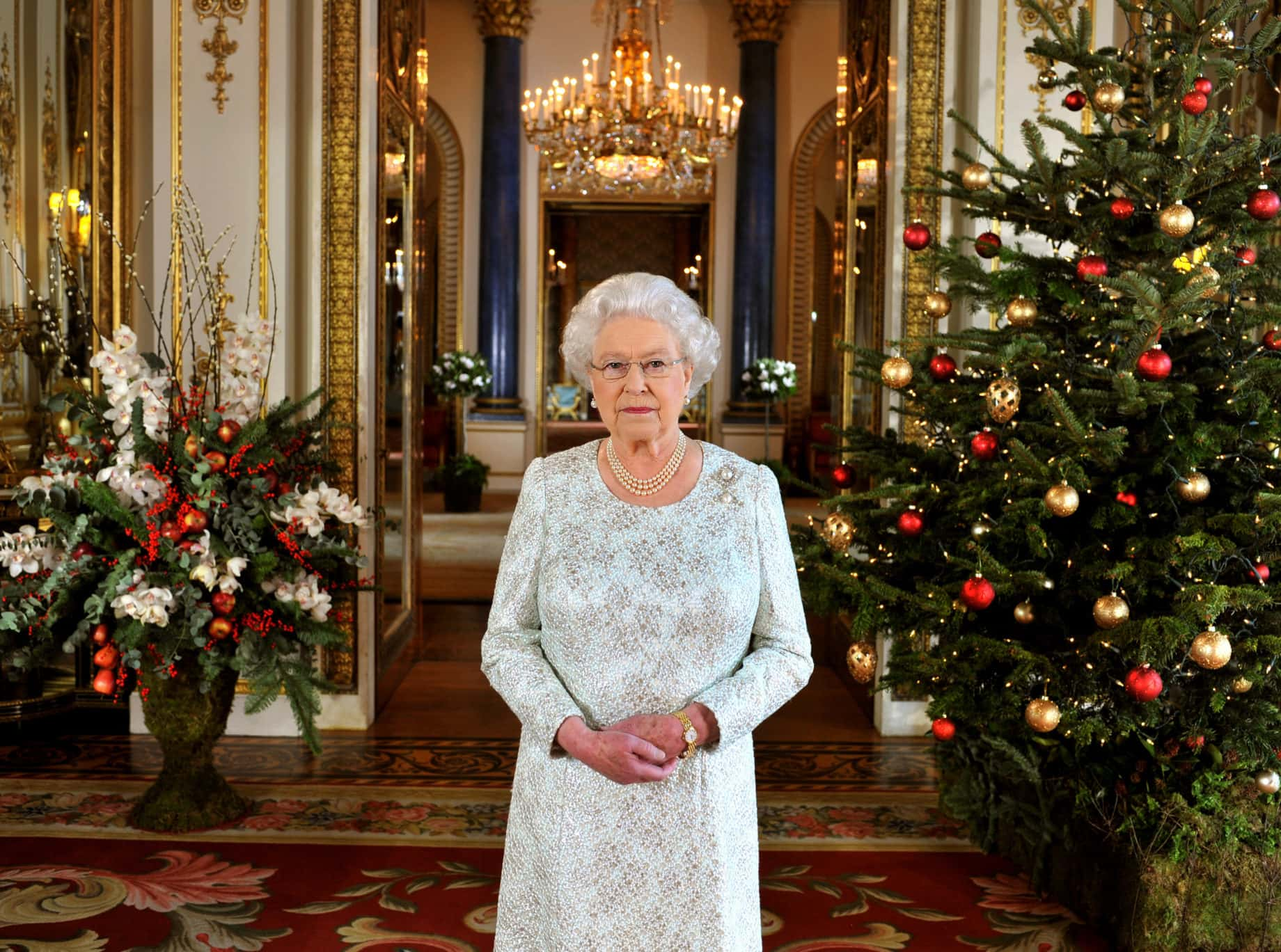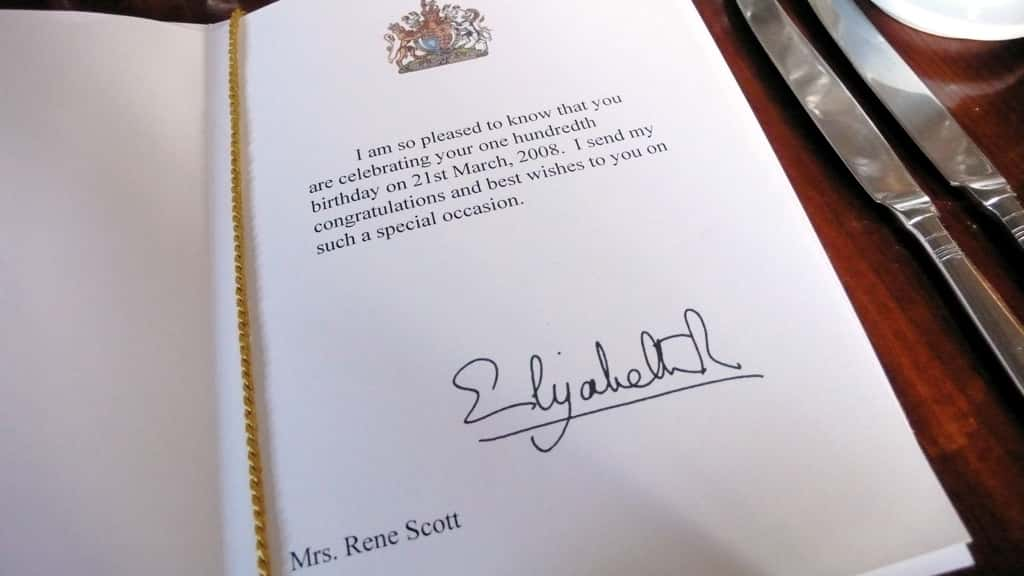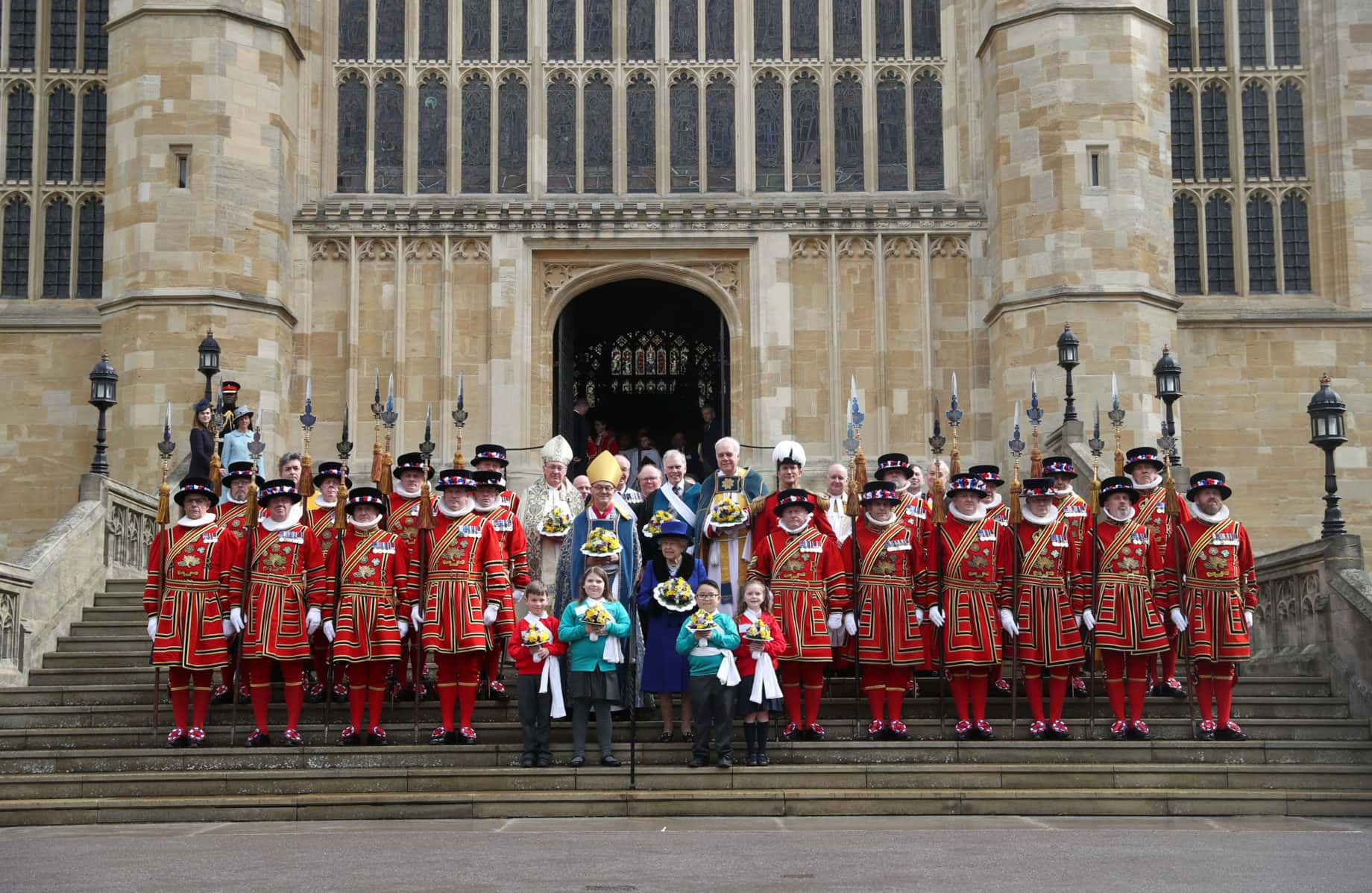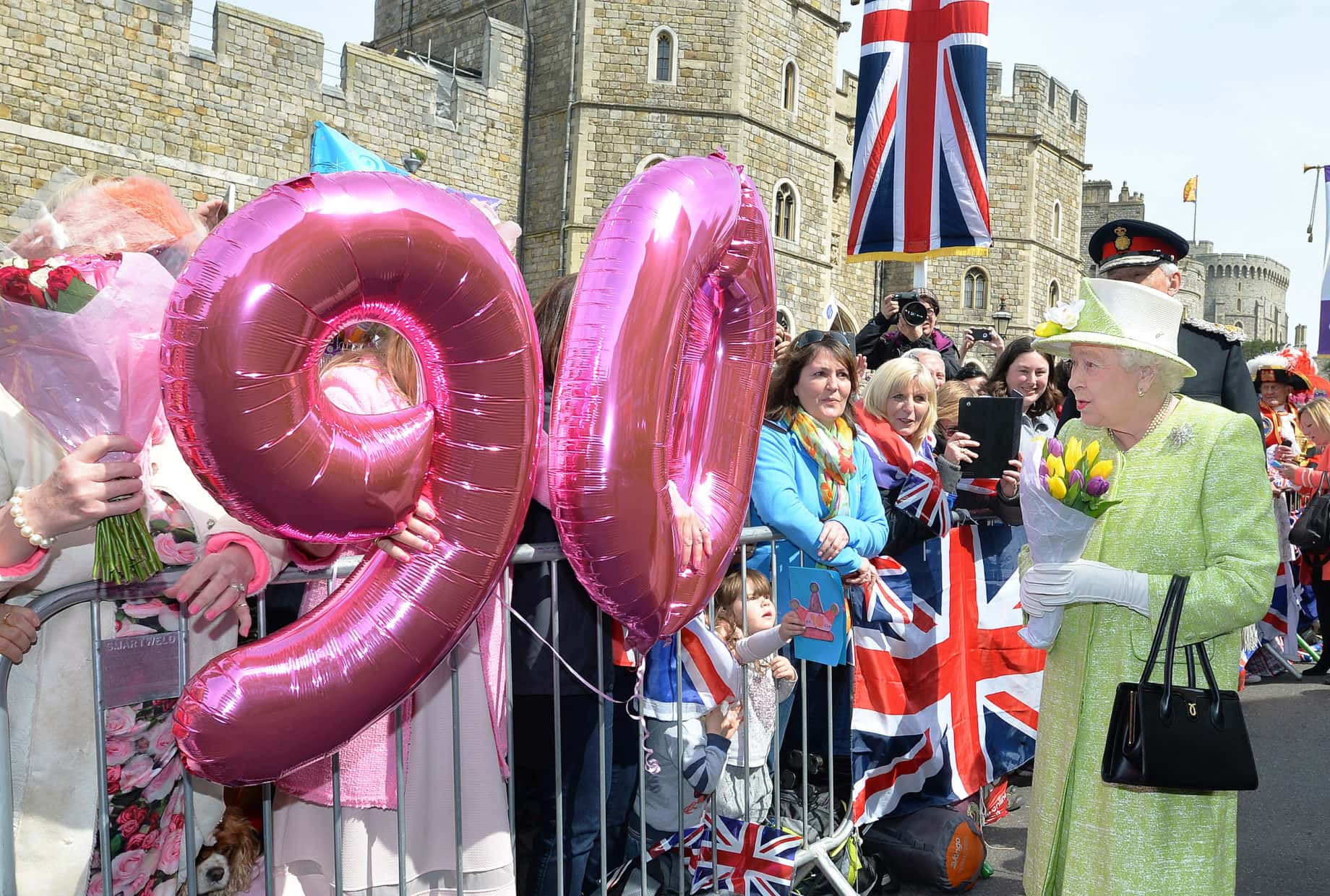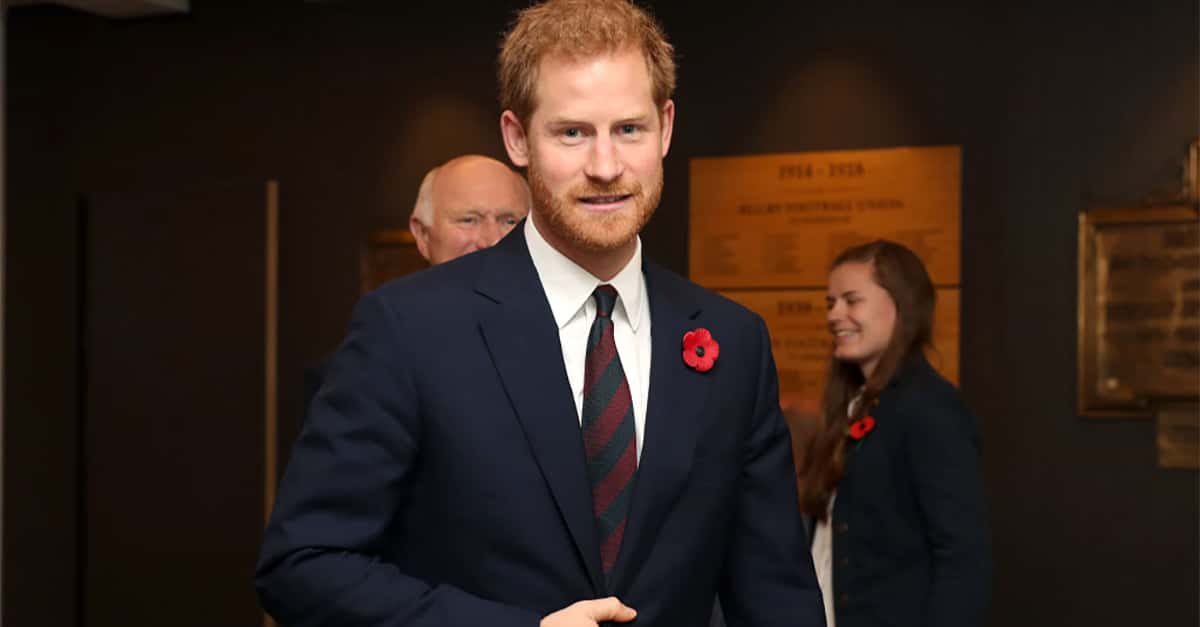The past year saw the Sapphire Jubilee of Queen Elizabeth II, marking 65 years of her rule. She also celebrated her 91st birthday, and her 70th wedding anniversary, making 2017 a banner year for her. She’s lived through World War II, the reign of Thatcher, and has seen vast changes to the Commonwealth as 16 nations under her gained independence. Here are 42 Royal Facts about Elizabeth II, Queen of England.
Queen Elizabeth II Facts
1. What’s Her Sign?
Queen Elizabeth II was born Elizabeth Alexandra Mary on April 21, 1926. That makes her a Taurus, and in the Chinese zodiac, she was born in the year of the Tiger.
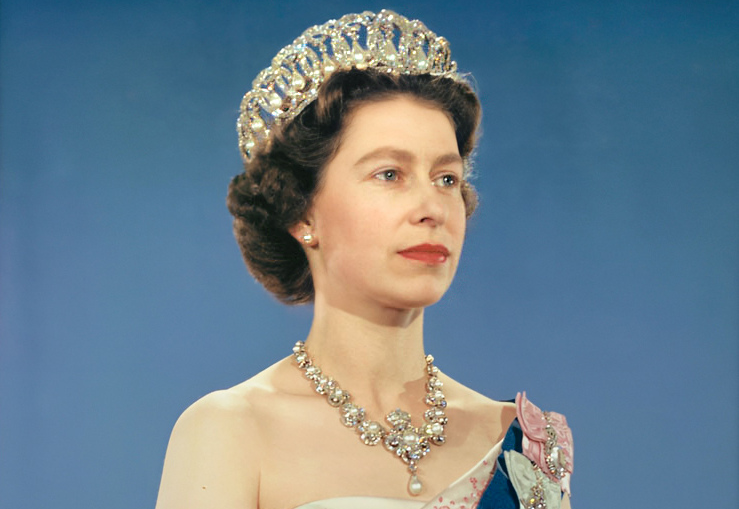 Donald McKague, Wikimedia Commons
Donald McKague, Wikimedia Commons
2. Grand Old Lady
At 91 years old, Queen Elizabeth II is the longest-living and longest-reigning British monarch ever. She’s also the longest-reigning monarch and longest-serving head of state anywhere in the world. She celebrated her Sapphire Jubilee on February 6, 2017, marking 65 years of her reign. She’s the only British Monarch ever to have celebrated a Sapphire Jubilee.
3. A New Term
The term “Sapphire Jubilee” was coined in 2017 specifically as a way to mark Queen Elizabeth’s long reign. The previous celebration, her Diamond Jubilee, marked 60 years of her reign in 2012. The only other British Monarch ever to celebrate a Diamond Jubilee was Queen Victoria in 1897.
4. Head of the Commonwealth
She's known as the Queen of England, but Queen Elizabeth II reigns as queen over 16 separate countries. Composed of nations that gained independence from Britain, the British Commonwealth includes Canada, Australia, and New Zealand (which gained independence before her accession), plus Jamaica, Barbados, the Bahamas, Grenada, Solomon Islands, Tuvalu, Saint Lucia, Belize, Saint Vincent and the Grenadines, Antigua and Barbados, Papua New Guinea, and Saint Kitts and Nevis, which all gained independence during her reign.
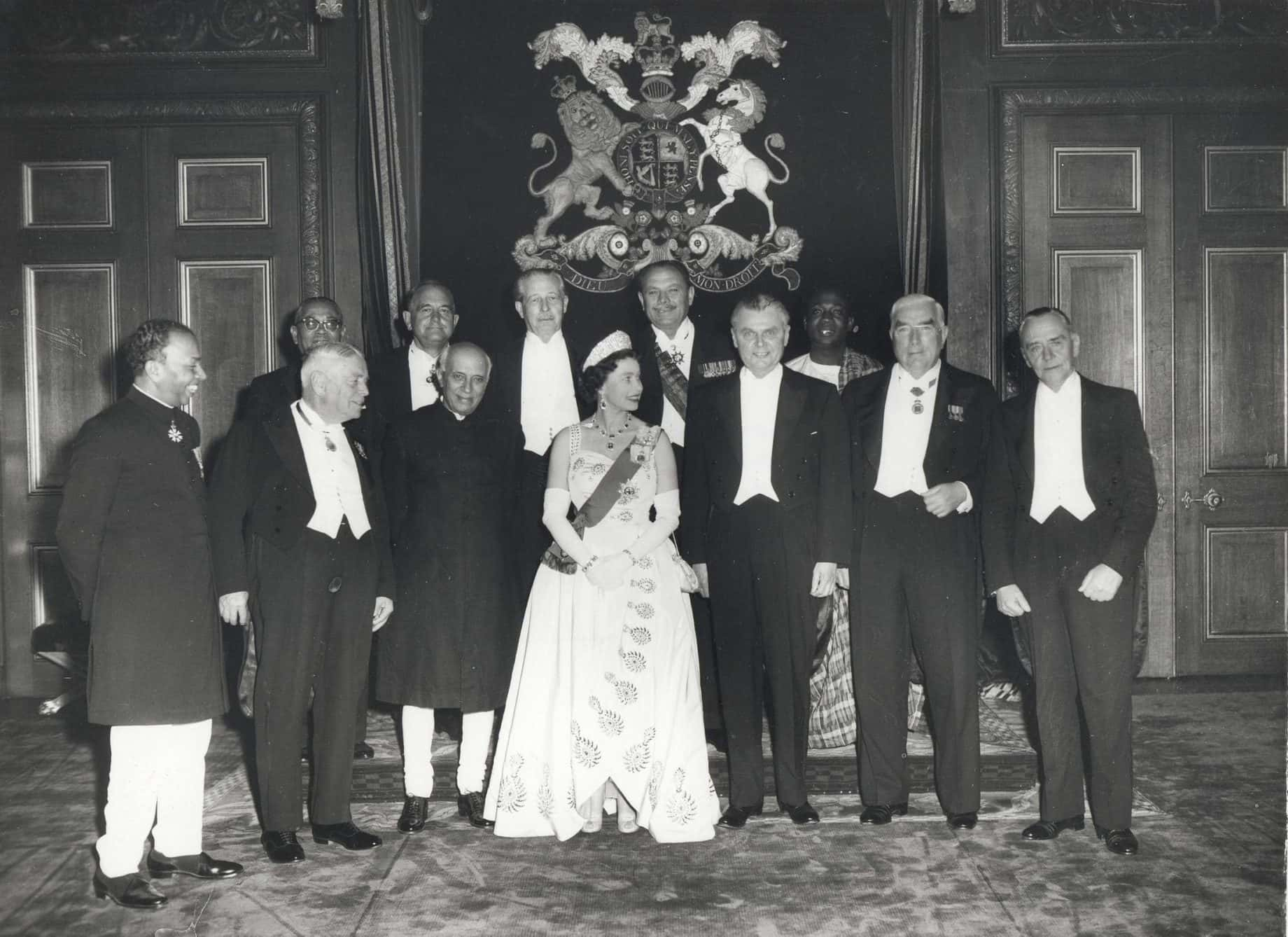 British Government, Wikimedia Commons
British Government, Wikimedia Commons
5. Next in Line
When Elizabeth was born, it was not expected that she’d become queen at all. Her father’s brother, Edward VIII, was first in the line of succession, which would then pass to his children should he have any. Edward became King in January of 1936 but shocked the world when he abdicated the throne later that year to marry Wallis Simpson, an American divorcée. Elizabeth’s father George VI took the throne, which passed to her upon his death in 1952.
6. What’s in A Name?
You don’t hear it used often, but Queen Elizabeth II does have a last name, and she got to choose it herself. Before 1917, rulers did not have surnames, they were referred to by the name of their House. George V of the House of Windsor adopted “Windsor” as his legal surname in 1917, and upon her marriage to Phillip Mountbatten, the Queen and her family adopted “Windsor-Mountbatten” as her family’s legal surname.
7. Rules of Engagement
There are strict conventions dictating how British subjects should behave towards the Queen, should they have the fortune of meeting her. She is to be addressed first as “Your Majesty”, then as “ma’am”. British subjects and subjects of other Commonwealth nations are expected to greet her with a curtsy or bow, and while Americans are not expected to do this, should you find yourself in the Queen’s company it would be the polite thing to do.
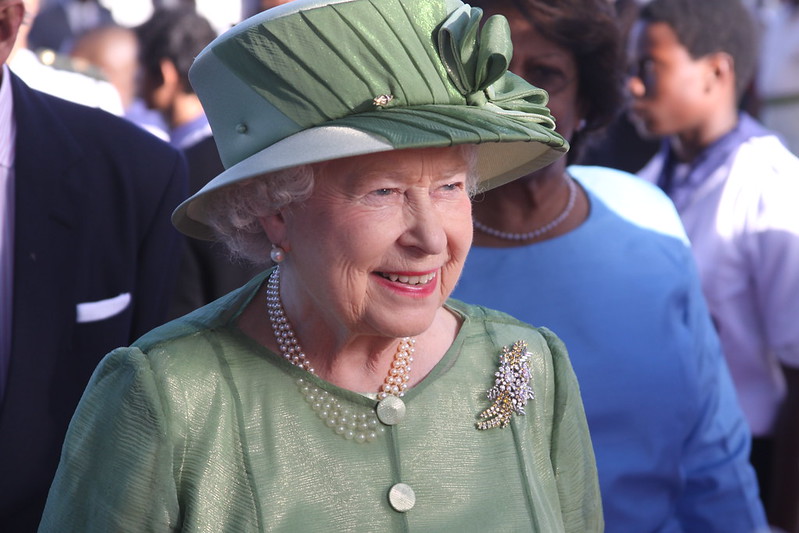 Commonwealth Secretariat, Flickr
Commonwealth Secretariat, Flickr
8. No-Hug Policy
When meeting the Queen, a handshake must be initiated by her—don’t stick your hand out first. And aside from that first handshake, at no time should you touch the Queen, or you’ll be breaking serious protocol like Michelle Obama did when she placed her hand on the Queen’s back in 2009.
9. No Selfies
Selfies are super popular these days, but if you meet the Queen, asking to take a photo with her is an absolute faux pas. She’s been quoted as saying that she finds it “disconcerting” and “strange” when she looks at her subjects only to see the backs of their phones while they photograph her. If you have the guts to ask if you can take a selfie with her should you meet, you can expect her to decline.
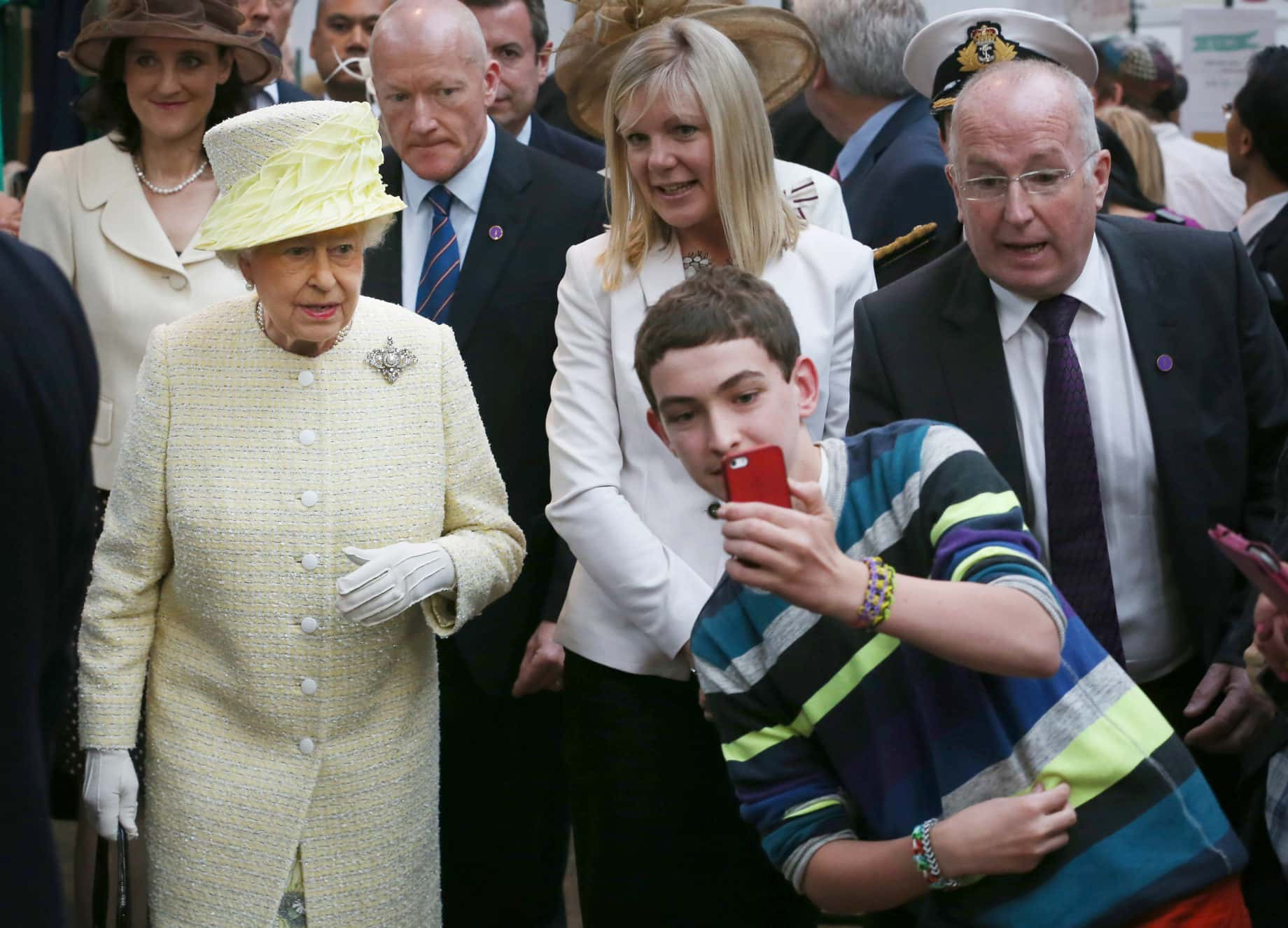 Peter Macdiarmid, Getty Images
Peter Macdiarmid, Getty Images

History's most fascinating stories and darkest secrets, delivered to your inbox daily.
10. A Long & Happy Union
Queen Elizabeth II married Prince Phillip on November 20, 1947, and the couple has enjoyed a happy marriage for the past 70 years. The traditional gift for a 70th anniversary is platinum, so start saving.
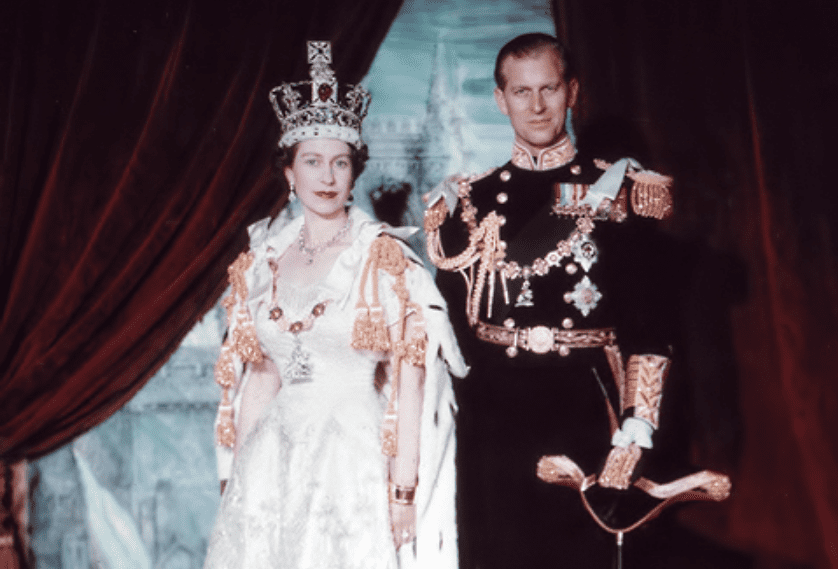 Cecil Beaton, Wikimedia Commons
Cecil Beaton, Wikimedia Commons
11. A Queen Without a King
Why isn’t Prince Phillip a King? After all, he’s married to the Queen! When Prince Phillip married then-Princess Elizabeth, he was Prince of Greece and Denmark, but he gave up his titles on their wedding day and was bestowed with the title of Duke of Edinburgh. He wasn’t a Prince again until 10 years into their marriage. The official title of a queen’s husband is “prince consort”, while a king’s wife is technically a “queen consort”. That’s because “Queen” can be used as a symbolic title, while “King” can only be used by someone who rules.
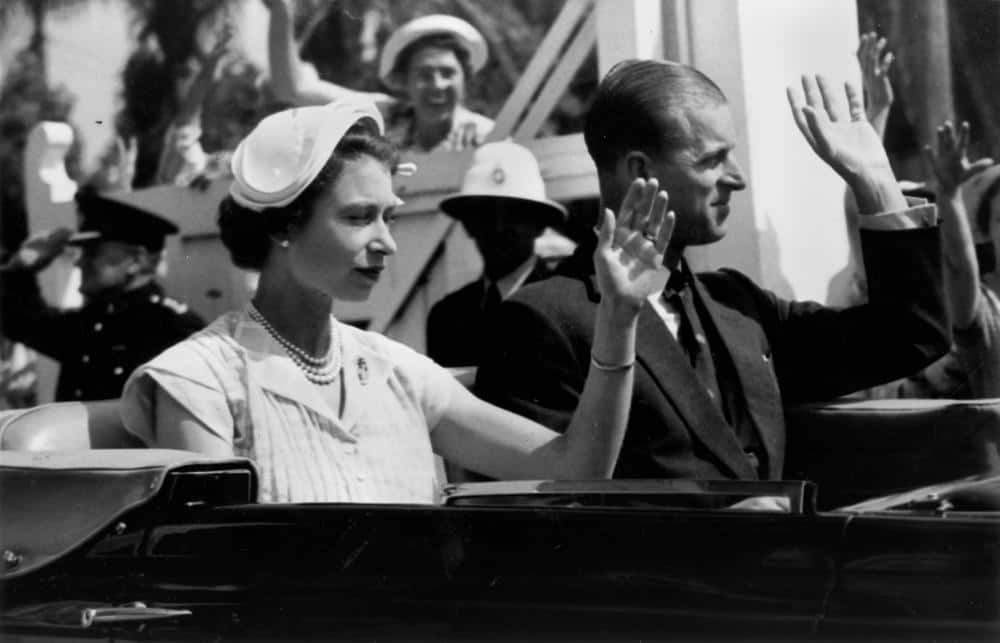 State Library of Queensland, Flickr
State Library of Queensland, Flickr
12. Too Many Elizabeths
Guidelines about the titles of ruler’s spouses explain why Queen Elizabeth is known as Elizabeth II, when her mother was also a Queen Elizabeth. After all, “Elizabeth I” refers to the first Queen Elizabeth, Elizabeth I, who ruled between 1558 and 1603. So that means that Queen Elizabeth II’s mother was known as plain old Queen Elizabeth, without a numeral, as she did not technically count among the rosters of British rulers. Upon her husband’s death in 1952, she became known as Queen Elizabeth the Queen Mother. Confusing much?
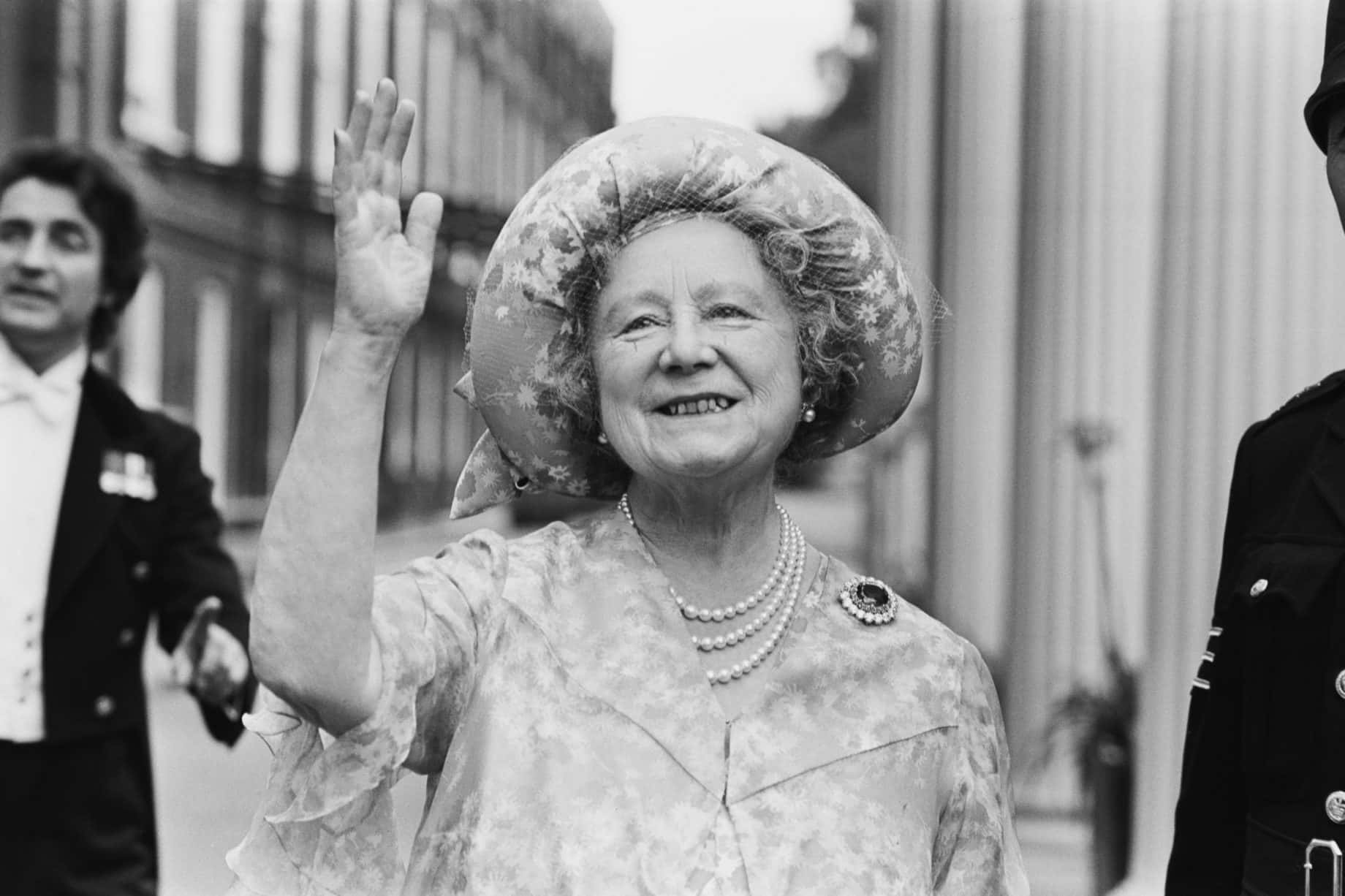 Hilaria McCarthy, Getty Images
Hilaria McCarthy, Getty Images
13. Bountiful Family
Queen Elizabeth II and Prince Phillip have four children together: Charles, Prince of Wales, the eldest, will ascend to the throne when Elizabeth dies or steps down. Anne, Princess Royal, is known for her charity work and equestrian talents; Prince Andrew, Duke of York made tabloid headlines throughout his marriage to and subsequent divorce from feisty Sarah “Fergie” Ferguson; and Prince Edward, Earl of Wessex, the youngest, left a military career to pursue acting and entertainment. Despite the example of a committed and happy marriage set by their parents, three of the Queen’s children (all but Edward) are divorced.
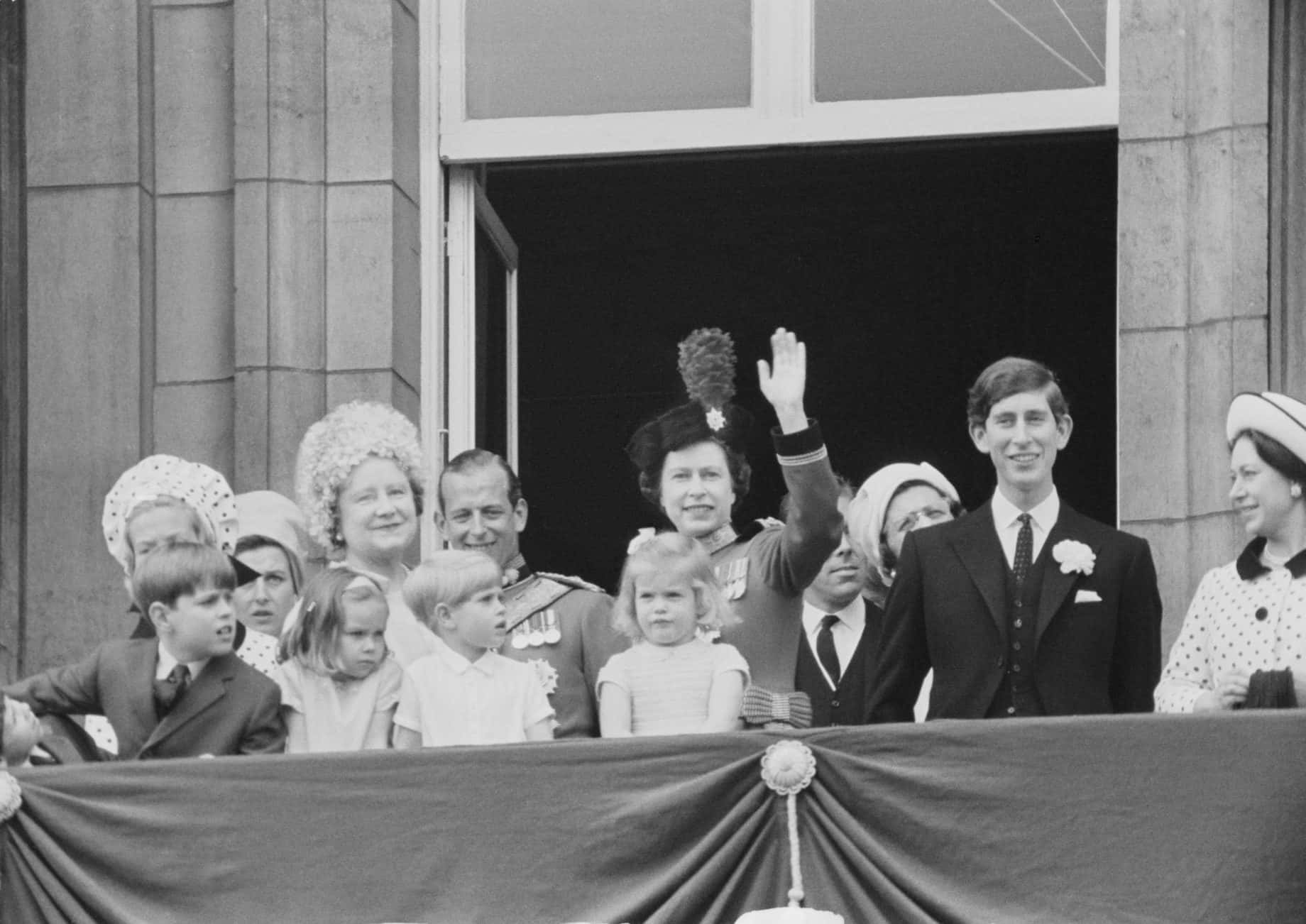 Evening Standard, Getty Images
Evening Standard, Getty Images
14. Annus Horribilis
The marriages of Queen Elizabeth II’s three divorced children all ended in one tragic year: 1992. Princes Charles and Andrew, and their wives Princess Diana and Sarah, Duchess of York, were dragged through the media by tabloids, which in Britain can be even more sensational than those in the US. The affair between Prince Charles and Camilla Parker-Bowles as well as his wife Princess Diana’s infidelities were much-publicized. In addition, on November 20, 1992 (the Queen’s wedding anniversary) a fire broke out in Windsor Castle, the Queen’s residence, causing extensive damage. Elizabeth would later refer to 1992 as annus horribilis, Latin for “horrible year”.
15. Petit-Chou
Few British subjects would even dream of showing Queen Elizabeth II less than complete respect, but as her husband, Prince Phillip can get away being a bit playful. He even has a cheeky pet name for her. He’s been overheard to refer to his wife as “cabbage”. It’s not as strange as it seems—“mon petit chou” is a popular term of endearment in French. It can mean “my little cabbage” when translated literally, or, more likely, “my little pastry puff.”
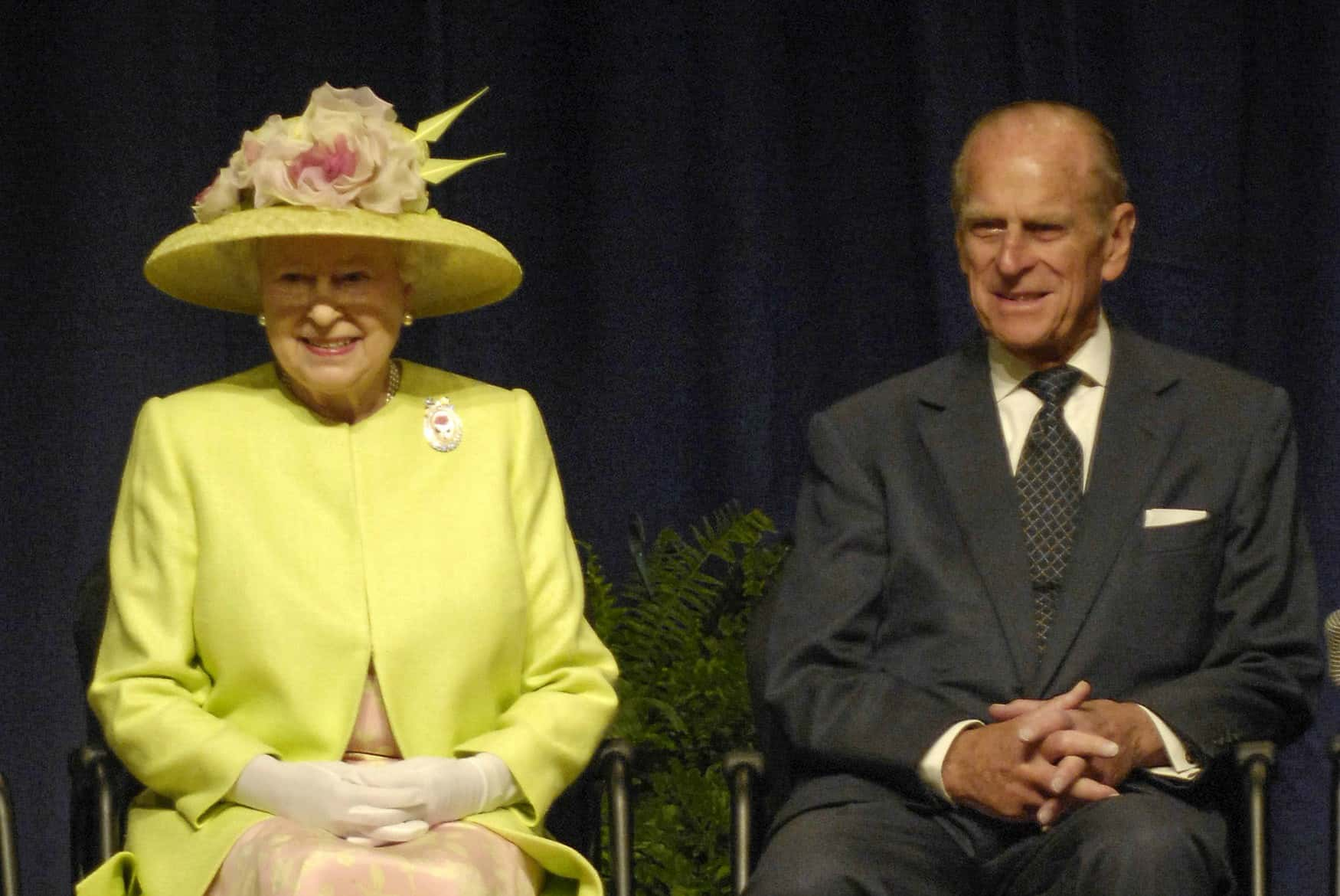 NASA/Paul E. Alers, Wikimedia Commons
NASA/Paul E. Alers, Wikimedia Commons
16. Radio Waves
Elizabeth was just 14 years old when World War II broke out in 1939, but she still wanted to help with the war effort. As she was too young to go to the front lines, she began making radio broadcasts aimed at the nation’s children to raise morale.
17. War Effort
When she was 18, Elizabeth was appointed an honorary subaltern in the Auxiliary Territorial Service, where was trained as a truck driver and mechanic. Unlike the other enlistees, she remained living at Windsor Castle and did not sleep in the barracks. Elizabeth was the first female member of the royal family to join the Armed Services as a full-time, active member.
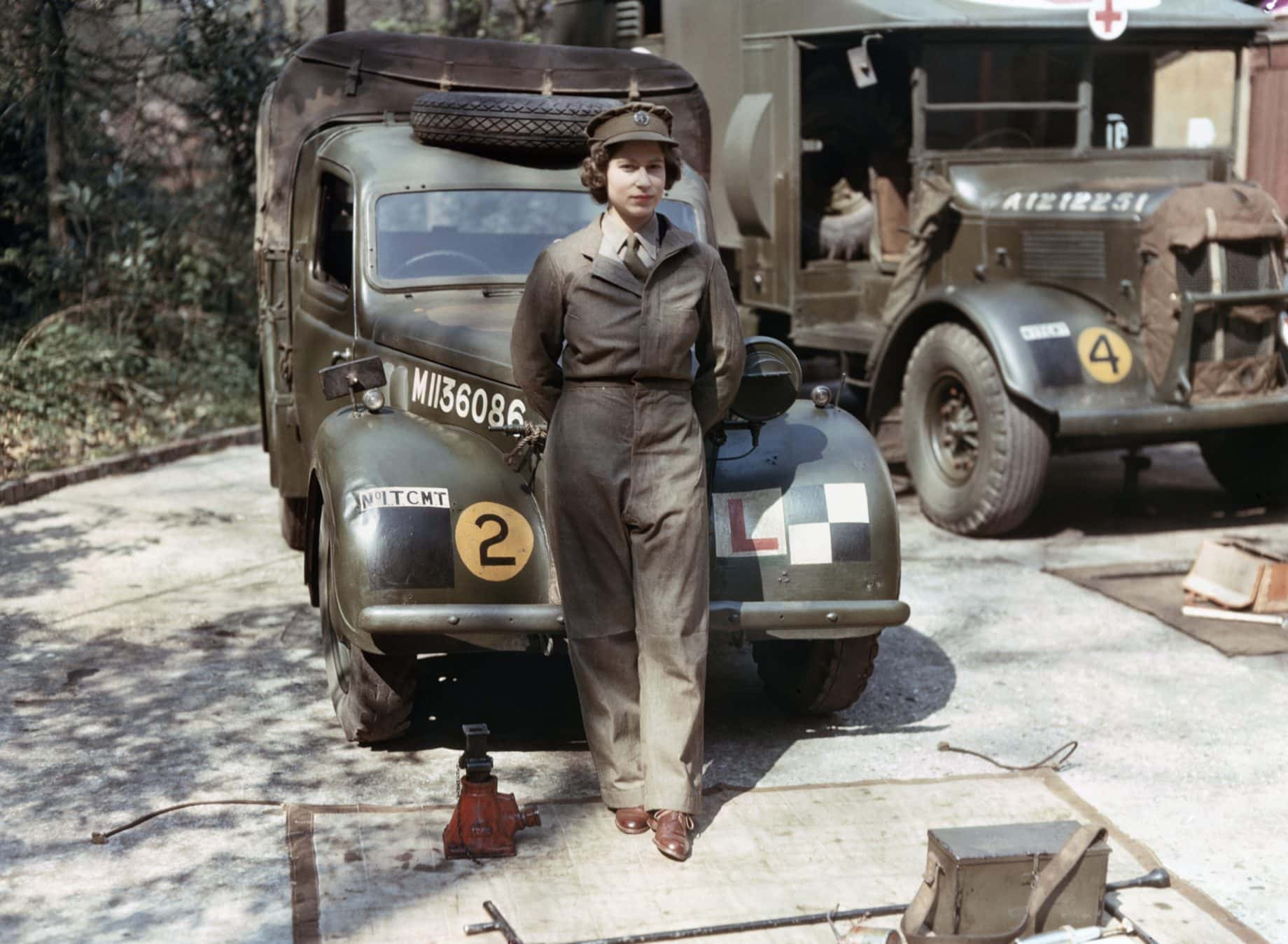 Imperial War Museums, Wikimedia Commons
Imperial War Museums, Wikimedia Commons
18. Party With the People
Despite their sheltered childhoods, Elizabeth and her sister Margaret couldn’t resist joining in the revelry when it was announced that World War II had ended. The streets of London were filled with celebration and joy as the teenage sisters slipped out of the castle and danced the hokey pokey with their subjects as equals.
19. Thrifty
Elizabeth wed Phillip Mountbatten in 1947, only two years after the end of World War II. England was still an atmosphere of wartime austerity, and Elizabeth had to use ration coupons from the government to obtain the satin with which to make her wedding dress.
20. Globe-trotting Monarch
In such a long time on the throne, it’s no wonder that Elizabeth II has broken many royal records. She’s the most-traveled of any monarch, and by 2015 had visited 116 countries on 265 different royal visits throughout her reign.
21. No Documents Needed
With so much travel under her belt, Queen Elizabeth II is lucky she doesn’t need to waste time standing in line at the passport office. As Head of State, all passports are issued in Elizabeth’s name, so she doesn’t need a passport, she is one.
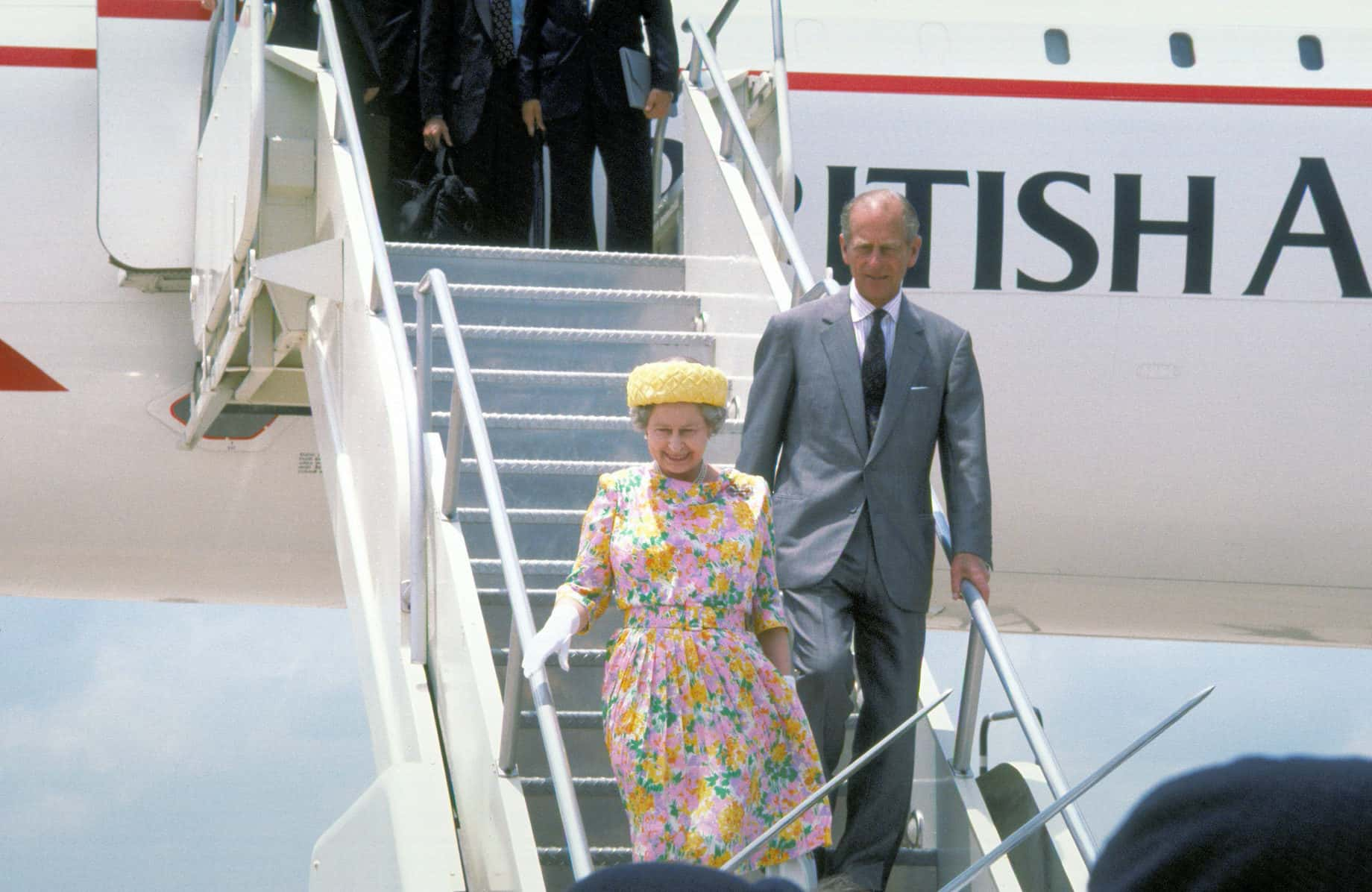 SRA JERRY WILSON, Wikimedia Commons
SRA JERRY WILSON, Wikimedia Commons
22. License to Drive
The Queen was trained as a truck driver during World War II but has never had to take a road test. Her office issues driving licenses in her name as well, so she does not need a license in order to drive. She can also drive without license tags or plates on her vehicles. Though she has a fleet of chauffeurs, Elizabeth I has been known to drive other heads-of-state around in her Range Rover, and on one occasion shocked the Crown Prince of Saudi Arabia by climbing into the drivers’ seat after offering him a tour of the grounds. Of course, on top of the fact that he was not expecting to be driven around by a queen, in his native Saudi Arabia, women weren’t allowed to drive at all.
23. The Taxman Cometh
Sitting British monarchs are not subject to pay taxes, but since 1992 the Queen has voluntarily paid income and capital gains tax. Of course, the monarchy derives funding from British taxpayers, so she’s really just giving the money back.
24. Britannia Rules the Waves
Queen Elizabeth not only has dominion over her human subjects, but her power extends to the animal kingdom as well. A statute from 1324 that’s still legally on the books gives the Queen ownership over all the dolphins in the UK and in British waters, as well as of sturgeons, porpoises and whales. The dolphins and whales are referred to as “fishes royal”, and if caught within 3 kilometers of the British shore are considered royal property. Sturgeons are often caught by fishermen hoping to sell their roe—the fish are sold normally, but the purchaser often acknowledges the Queen in the transaction as a gesture of loyalty.
25. Swan Up
The Queen also owns any and all unmarked swans in open water, though she typically only concerns herself with swans in the Thames River. During an event known as “Swan Upping”, Thames swans are caught and given a health check after being tagged for identification by the Queen’s official Swan Marker.
26. Personal Poet
Every ten years, the Queen appoints an official Poet Laureate of the United Kingdom. The first poet laureate, John Dryden, was appointed by Charles II in 1668 at a salary of £200 per year, later supplemented with annual “butt of Canary wine”. The current poet laureate is Carole Ann Duffy, who will serve until 2019 on an annual salary of £5,750 plus a barrel of sherry. The poet laureate is expected to produce work “of national significance” and often writes verse for significant national occasions.
27. Outlasting Them All
65 years is a long time to reign. In Queen Elizabeth II’s time as monarch, there have been 16 US Presidents, seven Popes in the Roman Catholic Church, and six Archbishops of Canterbury.
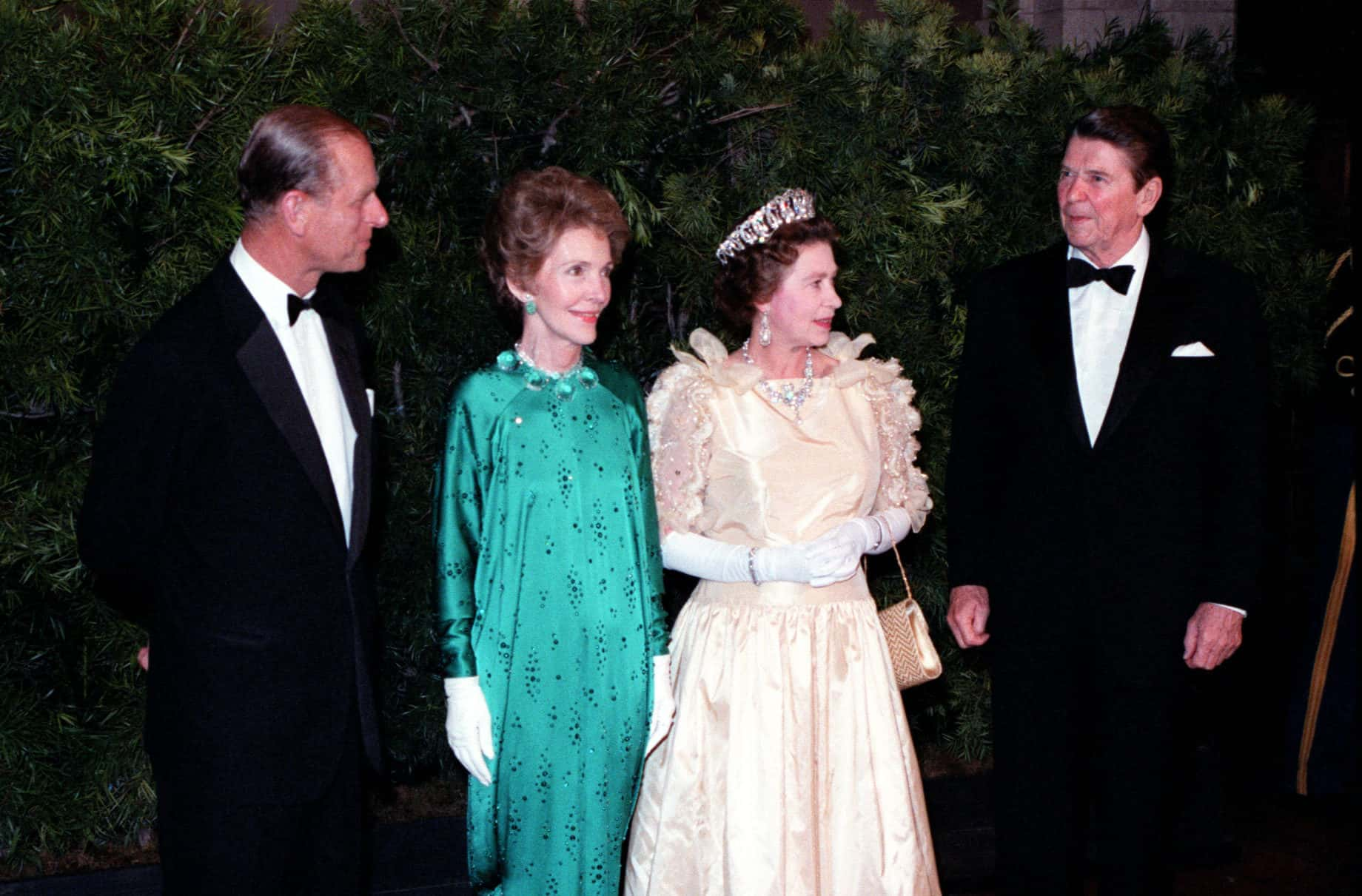 U.S. Military, Wikimedia Commons
U.S. Military, Wikimedia Commons
28. Royal Sipper
The Queen enjoys a very fixed routine and has some habits that we could definitely get behind. According to her cousin, Margaret Rhodes, Elizabeth II has a very well-regimented habit of drinking—she takes a cocktail of gin and Dubonnet with ice and a slice of lemon every day before lunch. With lunch, she drinks wine and a dry Martini, plus champagne with dinner. Does that sound like a lot? The UK Chief Medical Officer agrees—they recommend no more than 14 units of alcohol per week, compared to the 42 units per week in the Queen’s daily routine.
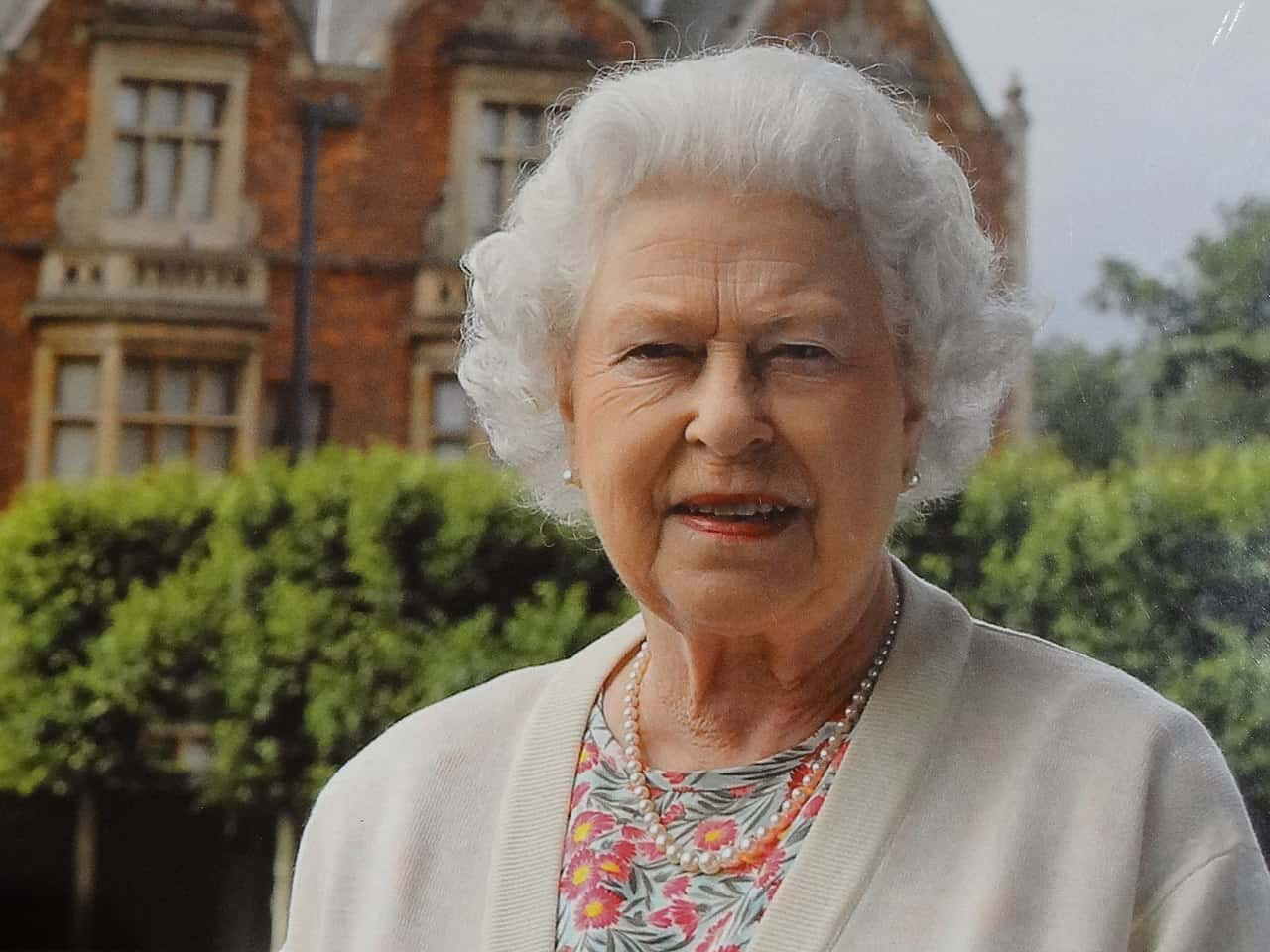 Iain Cameron, CC BY 2.0, Wikimedia Commons
Iain Cameron, CC BY 2.0, Wikimedia Commons
29. Odd Laws
The Monarchy is financially supported by the government, but there are some old and odd laws still on the books about what is owed to the Queen by certain landowners in her kingdom. Great Yarmouth must provide 100 herrings baked into 24 pasties to the Sherriff, who passes them along to the Sovereign. The owner of Sauchlemuir Castle must pour three glasses of port on New Year’s Eve, while the City of Gloucester pays for its holdings of Crown Lands in the form of a large eel pie. And Hungerford must pay the Queen for their fishing and grazing rights. The cost? A single red rose.
30. Assent & Consent
The Queen is the Head of State in the United Kingdom, but today her power is mostly ceremonial. An elected parliament headed by a Prime Minister to do the everyday lawmaking and run the country, but the Queen is still a part of the process as a figurehead. By a process known as “Royal Assent,” the Queen must provide approval before any bill can be turned into an actual law. But there is also another convention called “Queen’s Consent” whereby the Queen must approve any law being debated in Parliament that affects the monarchy.
31. Backup in Power
In times of “grave constitutional crisis”, the Queen would have the right to assume power and rule on her own, without ministerial advice, though it’s very unclear what would count as such a situation. in England, the Queen had the right to dissolve Parliament and call a general election at any time, though that power was stripped in 2011 by the Fixed-Term Parliaments Act.
32. “You’re All Fired!”
Sometimes governments just cannot find a way to work together, and the only option is to start from scratch. In 1975, the government of Australia shut down, unable to resolve a budget issue. The Queen is the Australian Official Head of State, and her representative, Governor General John Kerr, fired the Australian Prime Minister and appointed a replacement to pass a spending bill. Three hours later, he dismissed the rest of Parliament and dissolved the government entirely. New elections were held, and the government hasn’t shut down since.
33. Dog Person
Queen Elizabeth II has very famously been a dog lover from a young age. In 1933, her family acquired a corgi named Dookie, and young Elizabeth was hooked. She was given a corgi of her own for her 18th birthday, and the dog, named Susan, gave birth to puppies in 1947—the first generation in a long line of royal dogs. 14 generations of pups have been born over 50 years—the last two survivors of the line, named Willow and Holly, were born in 2003.
34. A New Breed
The Queen hasn’t only owned corgis—she has also owned several dorgis. What’s a dorgi, you ask? It’s the product of crossing a Pembroke Welsh Corgi and a Dachshund.
35. A Royal Menagerie
In addition to corgis, the Queen is often given animals as gifts during state visits. She has been given two sloths by Brazil, black beavers by Canada, and an elephant by Cameroon—plus two tortoises, a chameleon, a Russian bear, a crocodile, and two pygmy hippopotami. Any live animals given to the Queen are often housed in the London Zoo.
36. Early Adopter
The Queen was one of the first world leaders—and the first monarch—to embrace the digital age, when she sent her first email in 1976. During a visit to an Air Force base, Elizabeth sent an email via ARPANET, a predecessor of the internet. Her username was “HME2” for “Her Majesty Elizabeth II”.
37. In-House ATM
Should the Queen decided to order a pizza to Buckingham Palace, she’d never be caught without cash on hand. Buckingham Palace has its own ATM for use by the royal family. Although we can imagine it would be a very weird experience paying for a pizza with money that has one’s own face on it.
38. Camera Shy
While she’s now known for adorably photobombing her subjects’ pictures sometimes, the Queen was quite camera-shy in her youth. She did not allow photos to be taken of her wedding and was very much against her coronation being televised. It was decided that broadcasting her coronation would break down class barriers by allowing all her subjects, not only just those from the upper classes, to witness her coronation, but they only used one camera, with a strict clause of no close-ups of Elizabeth’s face.
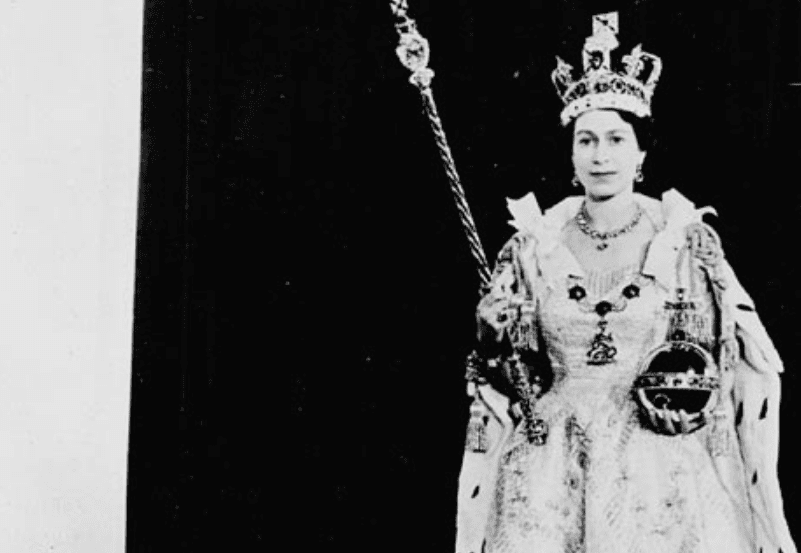 BiblioArchives / LibraryArchives, CC BY 2.0, Wikimedia Commons
BiblioArchives / LibraryArchives, CC BY 2.0, Wikimedia Commons
39. Christmas Gifts
Every year, the Queen sends out a Royal Christmas Message to her subjects, wishing them well and discussing the year’s events. The Christmas Message was first broadcast over the radio but is now seen on television and the internet. In addition to The Queen has written more than 45,000 Christmas cards during her reign, and has given out more than 90,000 Christmas puddings to her staff.
40. Prolific Correspondence
In her 65-year reign, Queen Elizabeth II has answered more than 3.5 million pieces of correspondence. She sends telegrams to Commonwealth residents on their 100th birthdays (she’s sent more than 175,000 of these) plus telegrams to couples celebrating a diamond wedding anniversary (another 540,000 telegrams).
41. Her Royal Holiness
King Henry VIII split from the Catholic church in the 16th century and founded his own, appointing himself head of the Church of England. That role is passed down along with the British throne, so Queen Elizabeth is also head of the Church of England. However, the two roles cannot be separated—in order to ascend to the throne, a sovereign must be a confirmed Church of England member. If Prince Charles, for example, converted to Catholicism, Judaism, Islam, or any other religion, he could kiss the crown goodbye.
42. Better Than One
It’s every third-grader’s dream, but only the Queen has the pleasure of having two birthdays. Like many past British monarchs, the Queen has a “real” birthday in April, and then celebrates an official birthday in June. Why? Because April is considered too cold for the parade customary for milestone royal birthdays.
Sources: 1, 2, 3, 4, 5, 6, 7, 8, 9, 10, 11, 12, 13, 14, 15, 16, 17, 18, 19, 20, 21, 22, 23, 24, 25, 26, 27, 28, 29, 30, 31, 32, 33, 34, 35, 36, 37, 38, 39, 40, 41, 42, 43, 44, 45, 46


